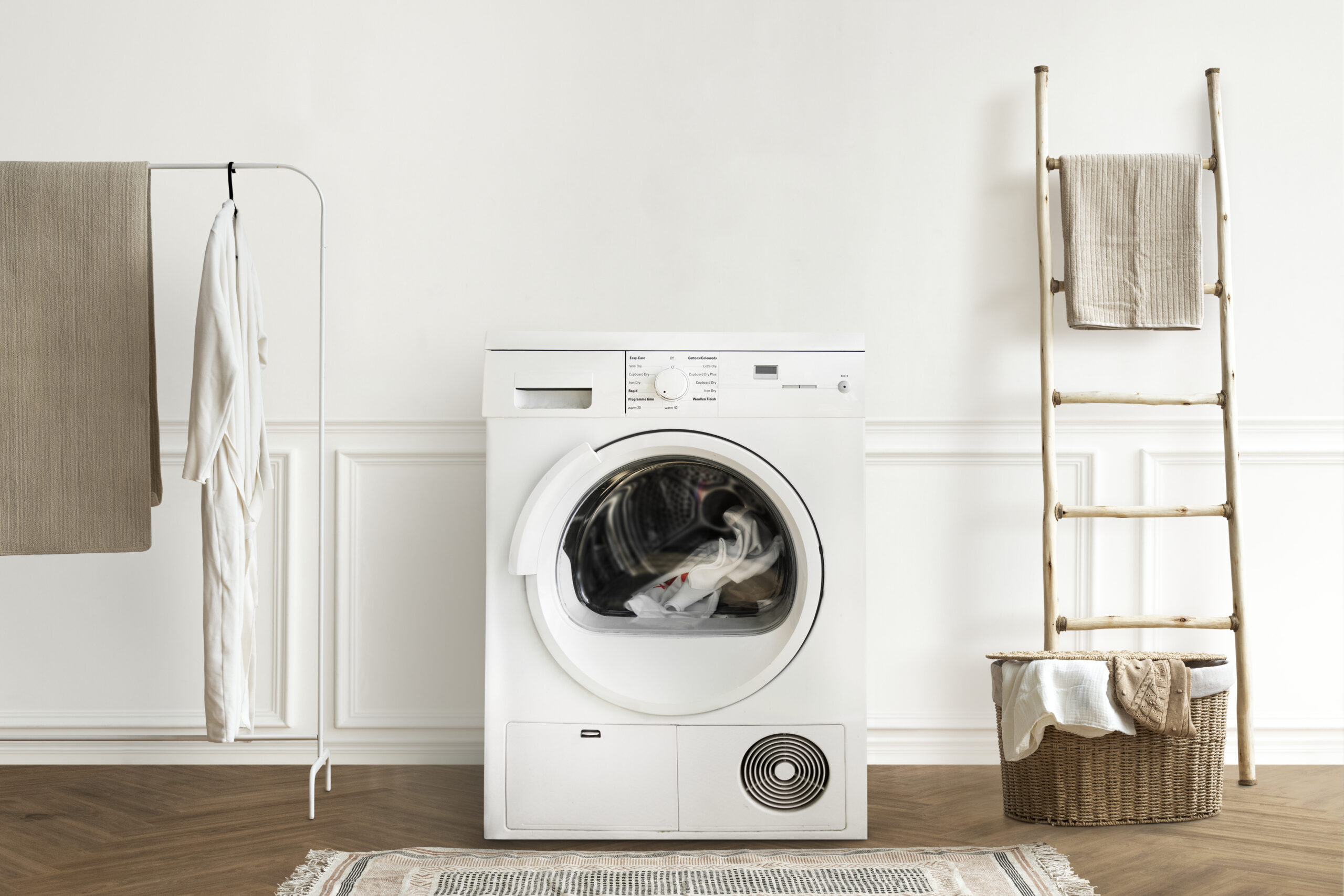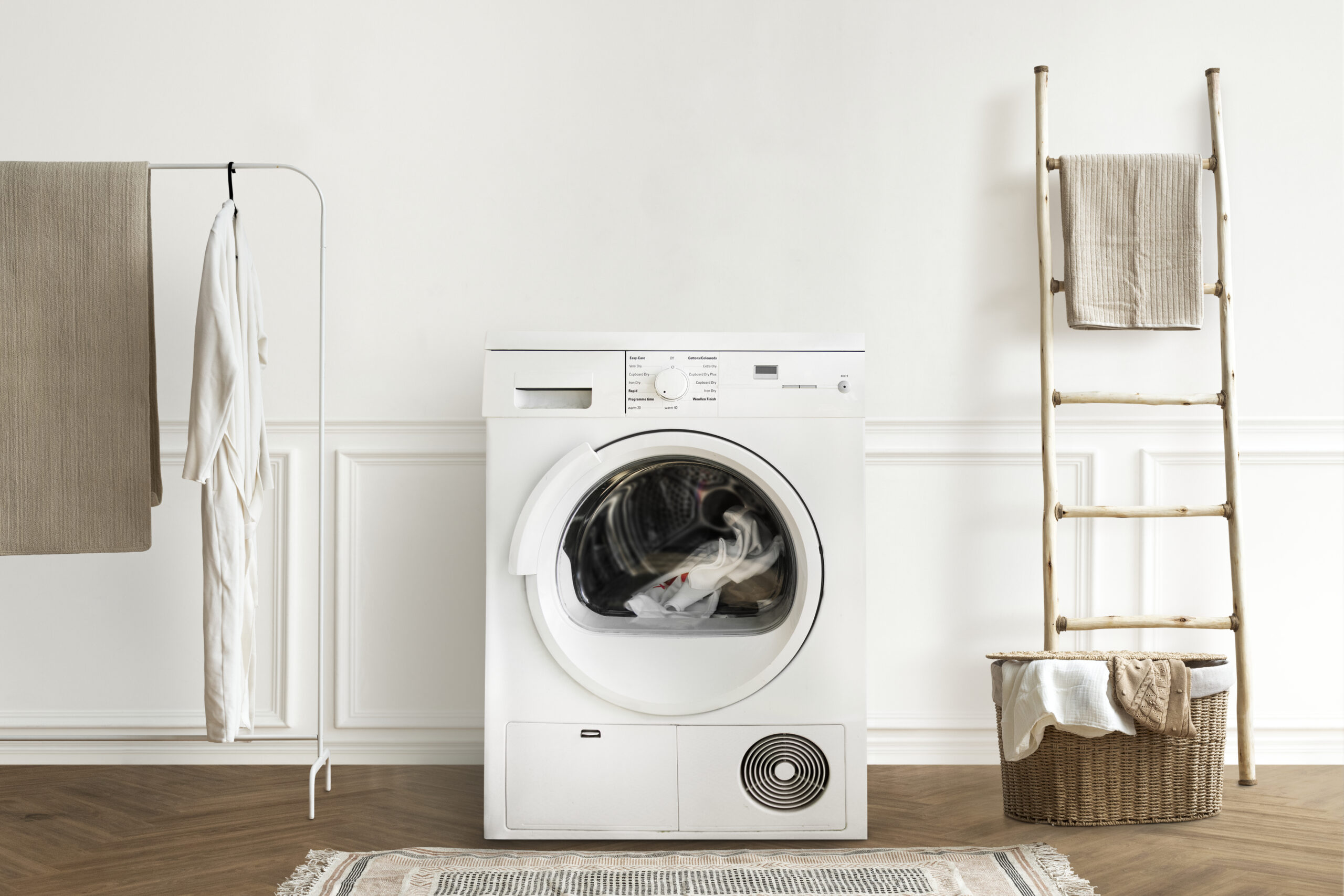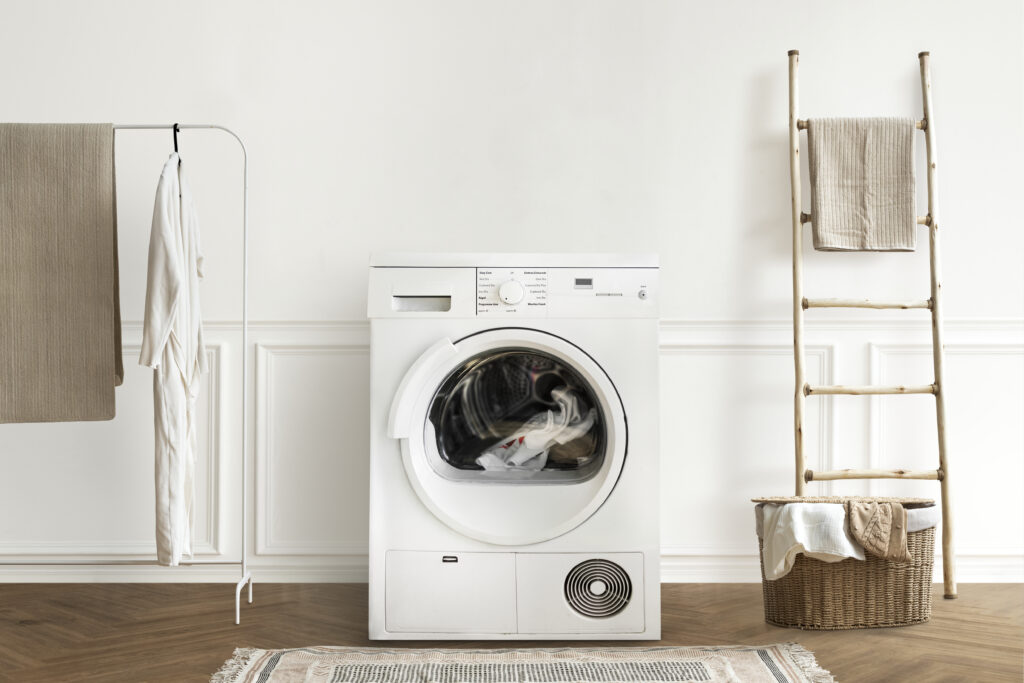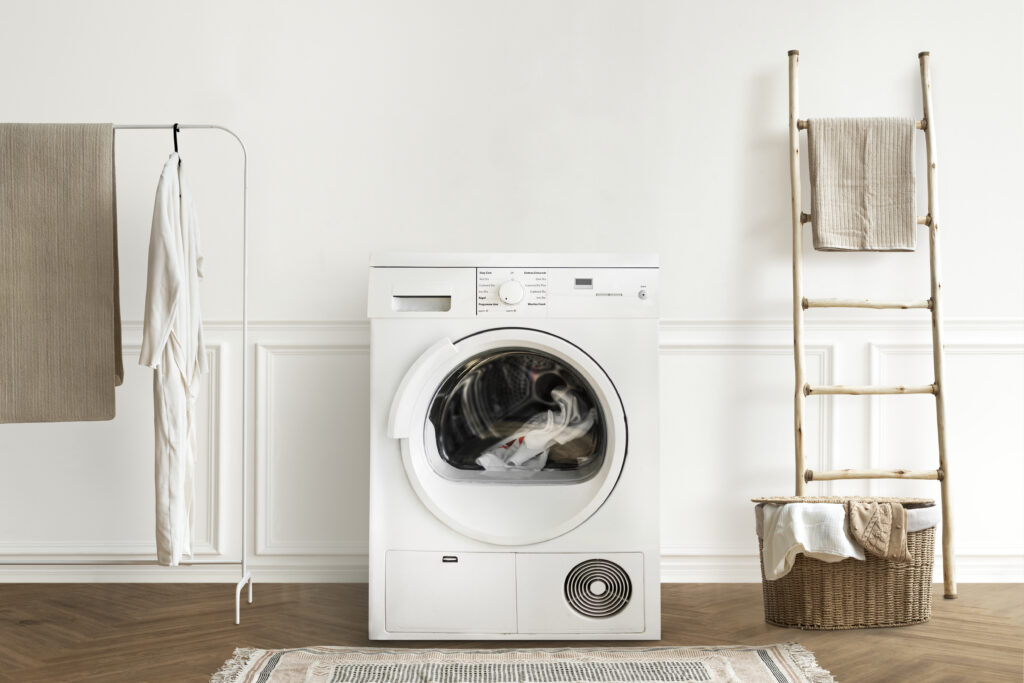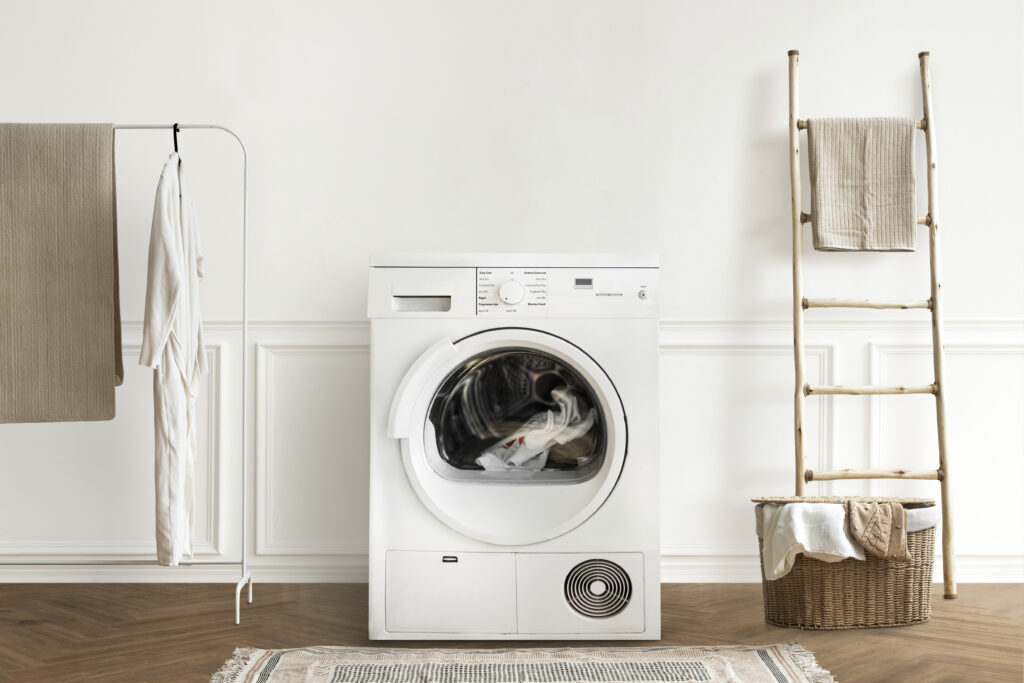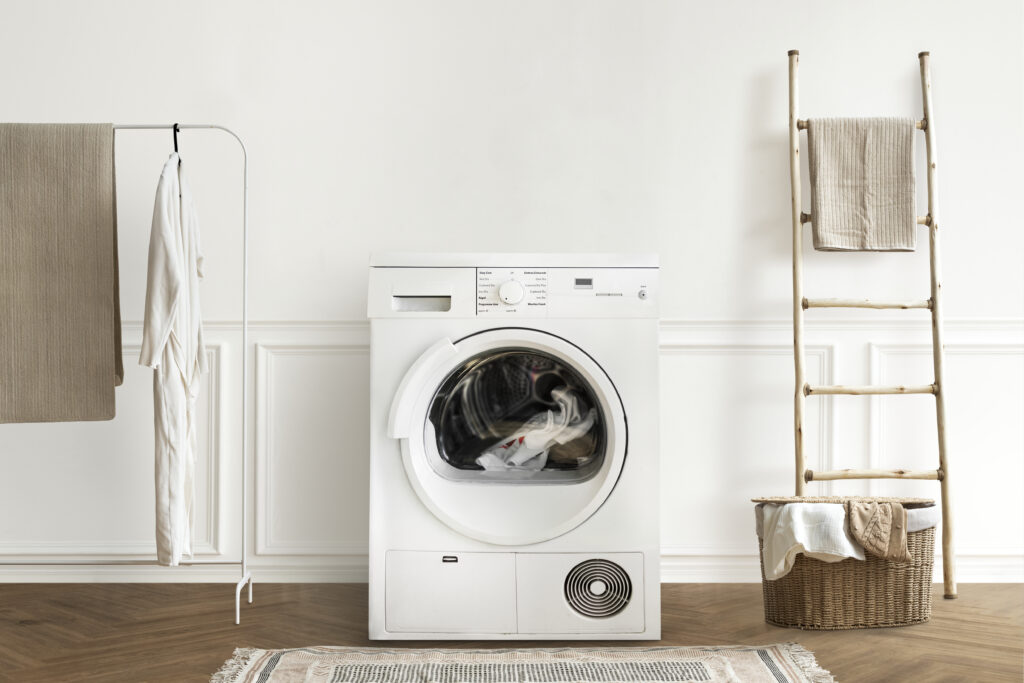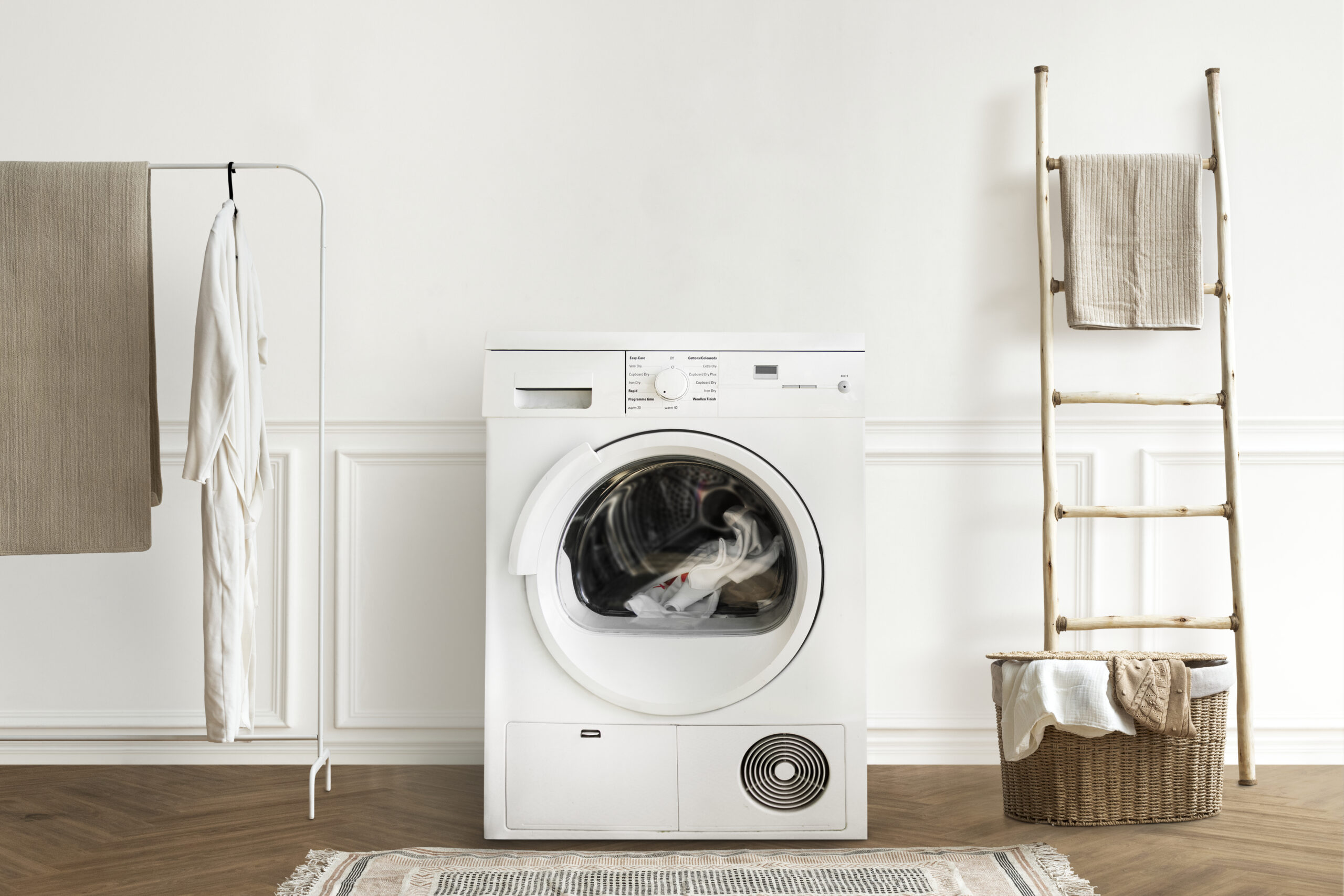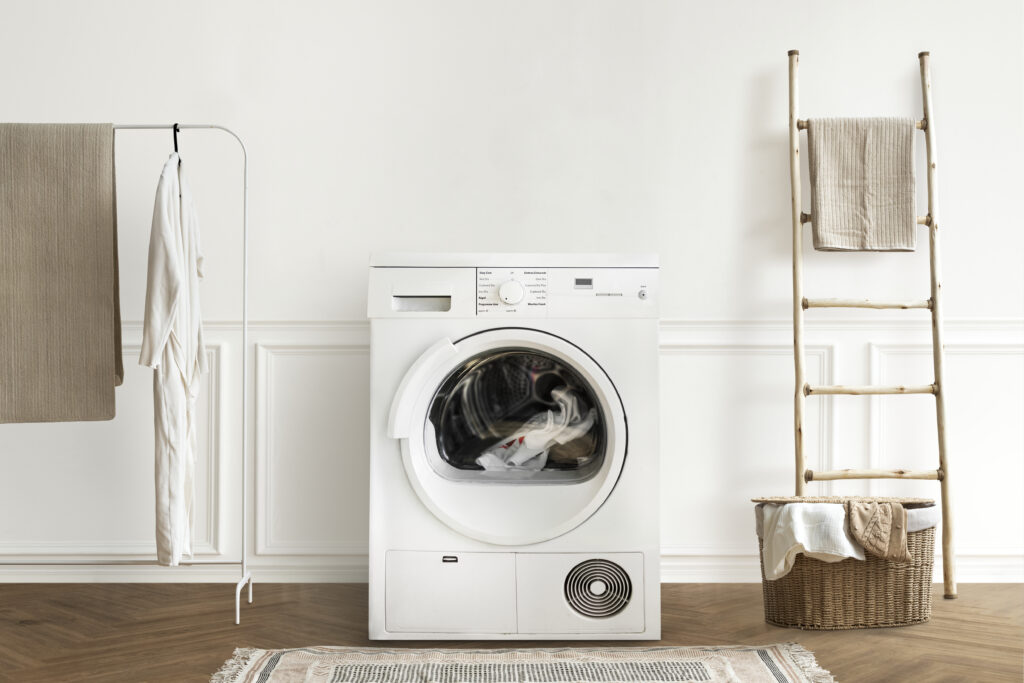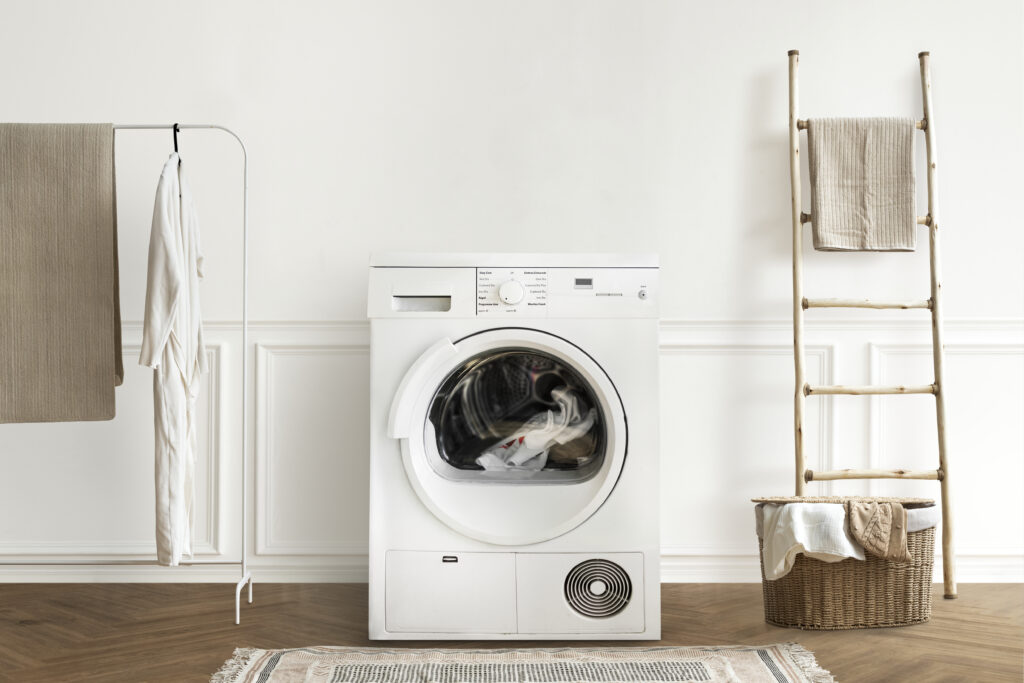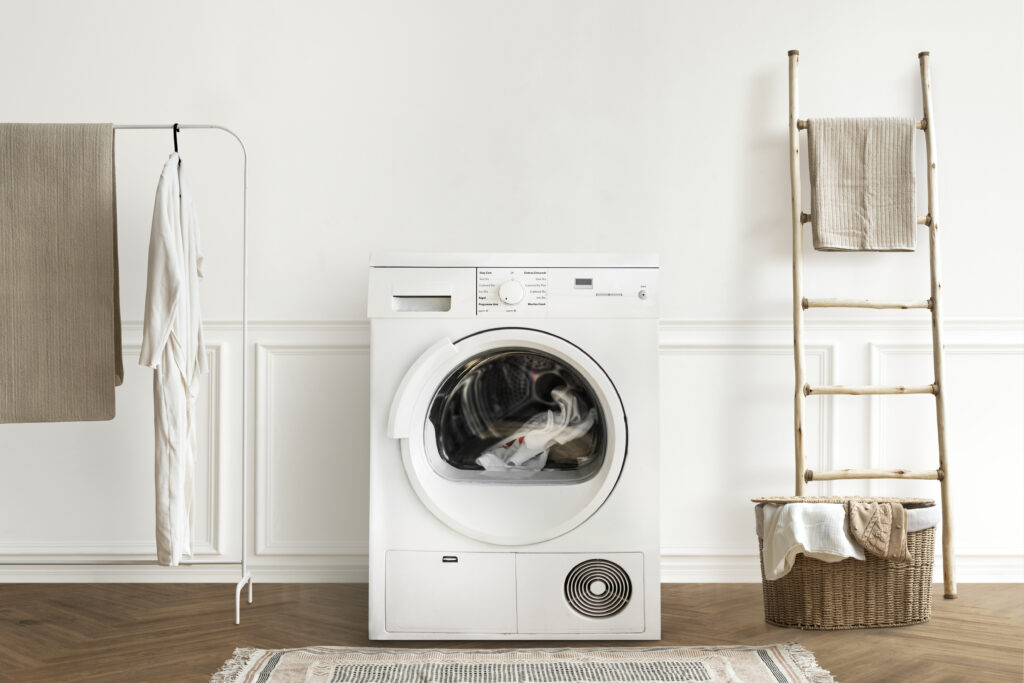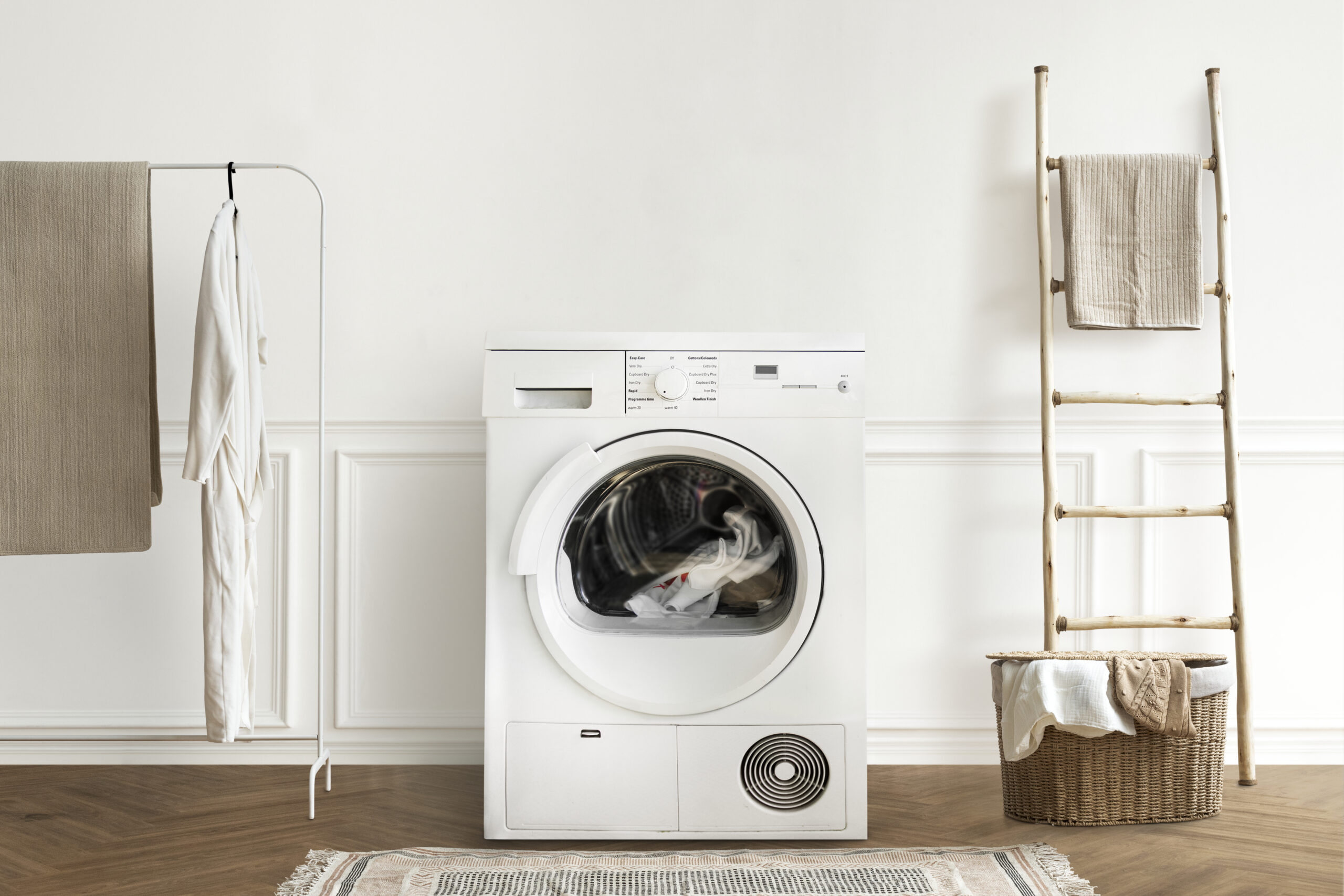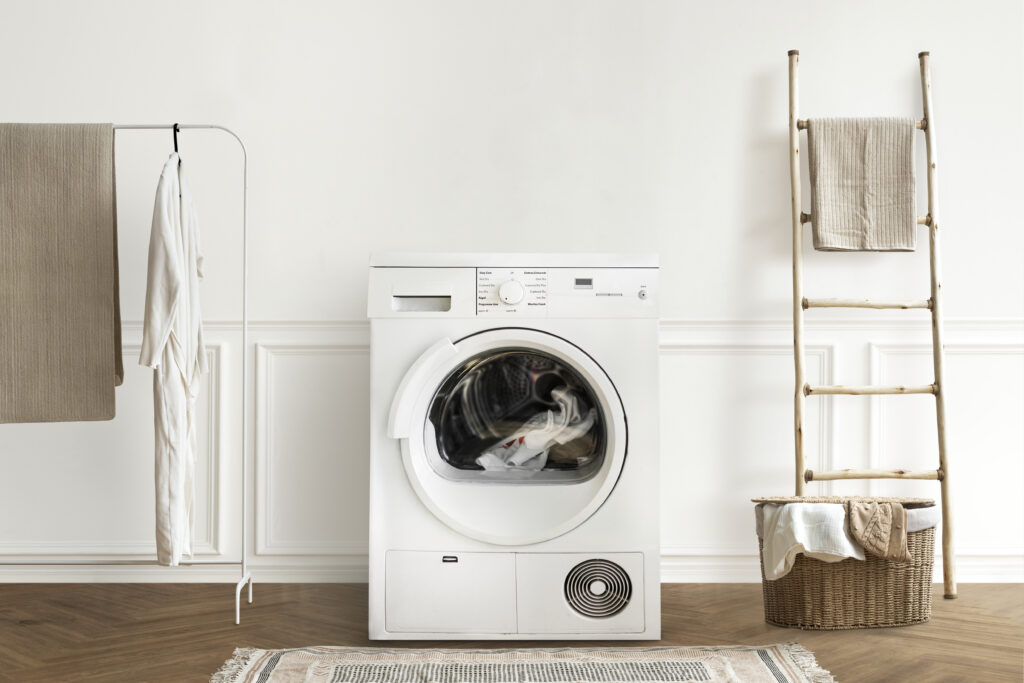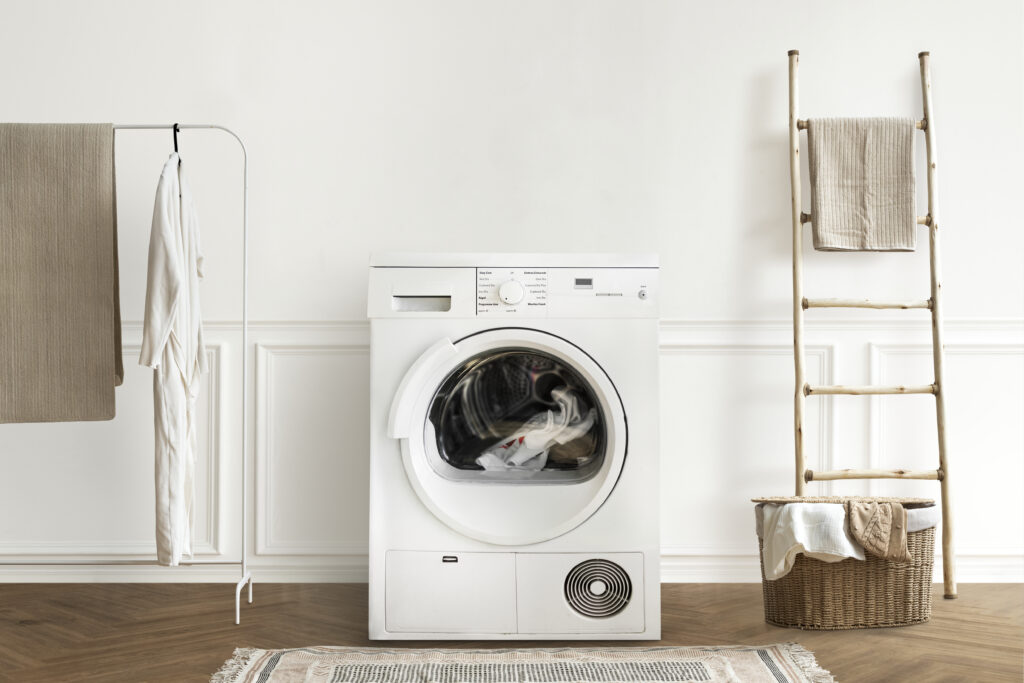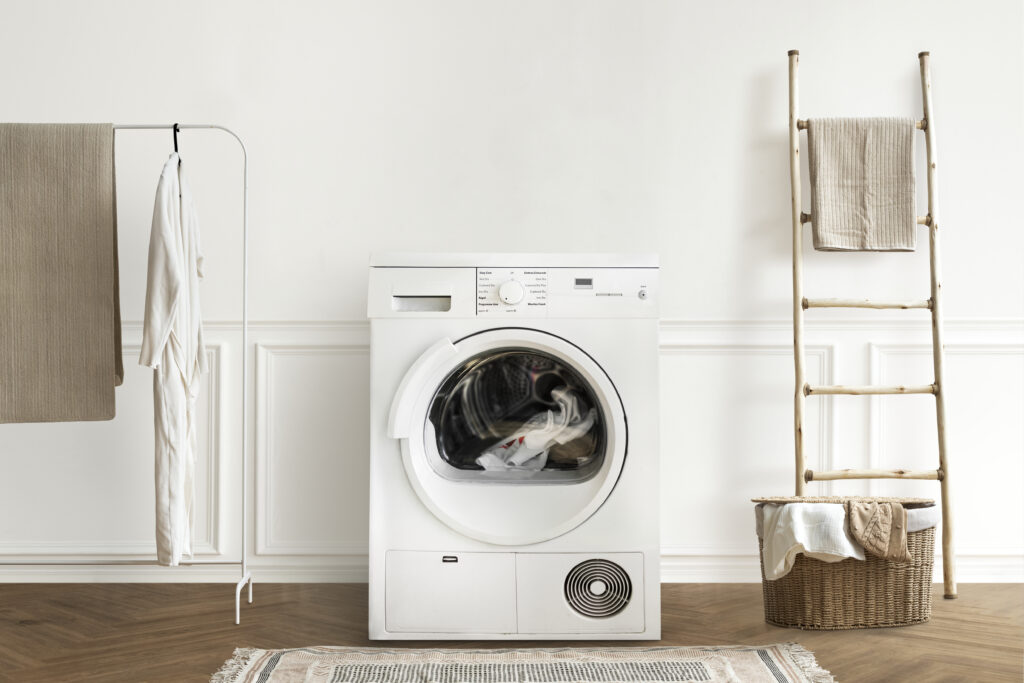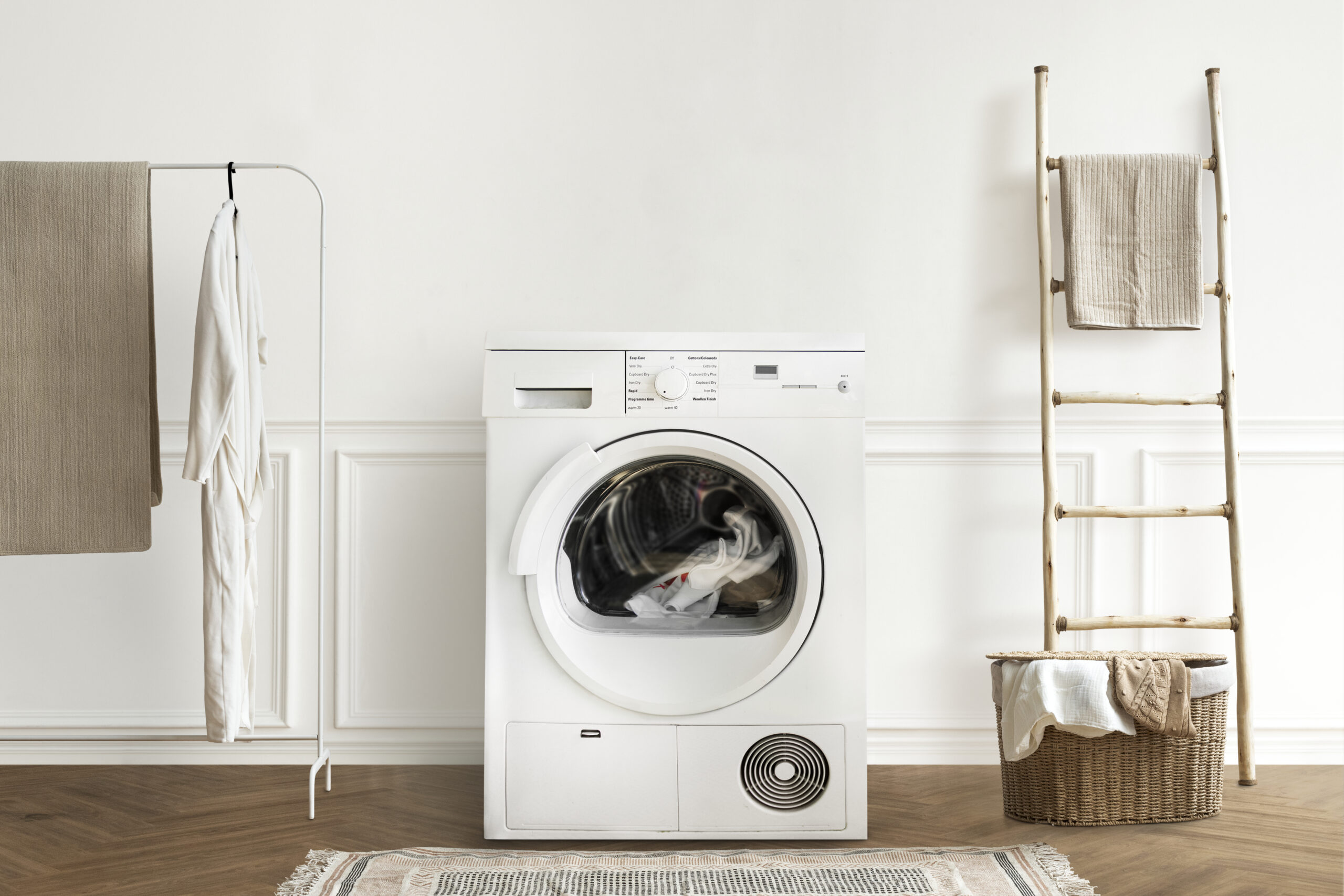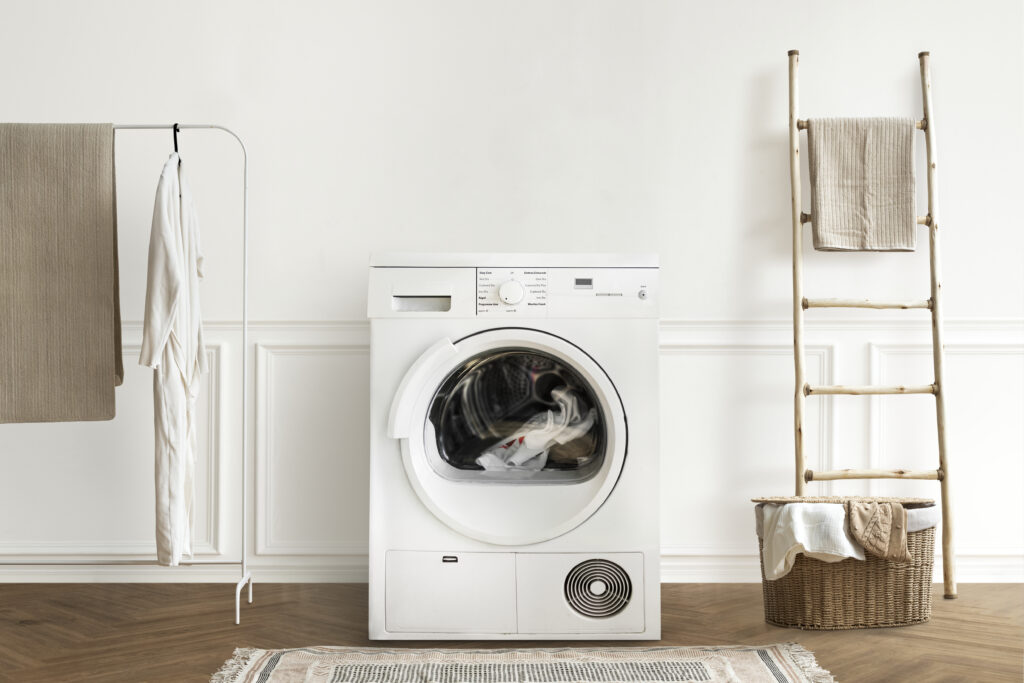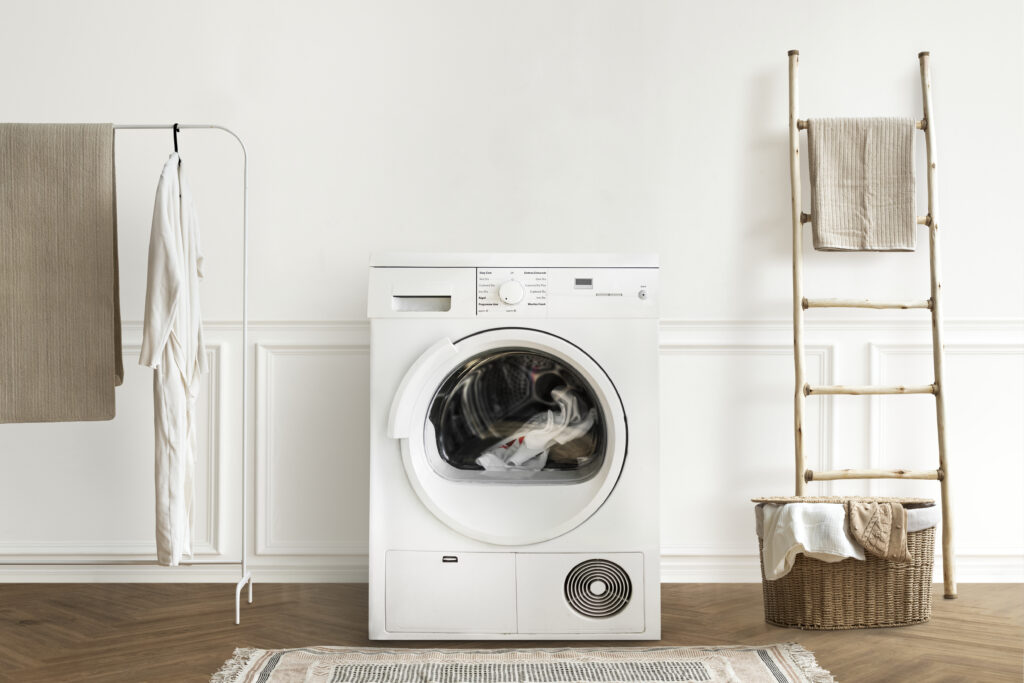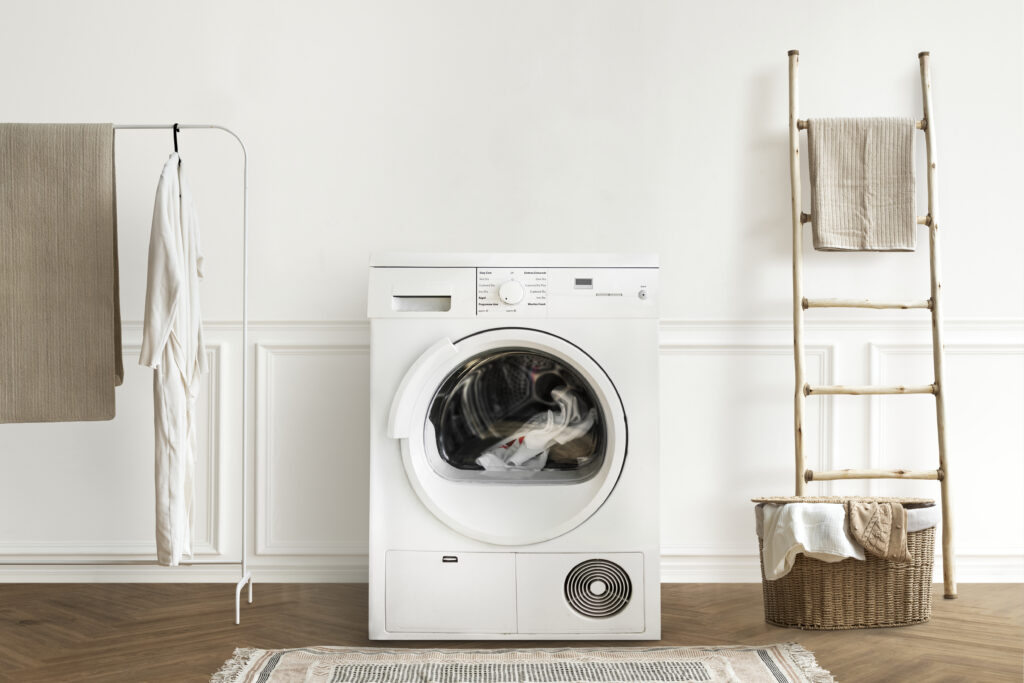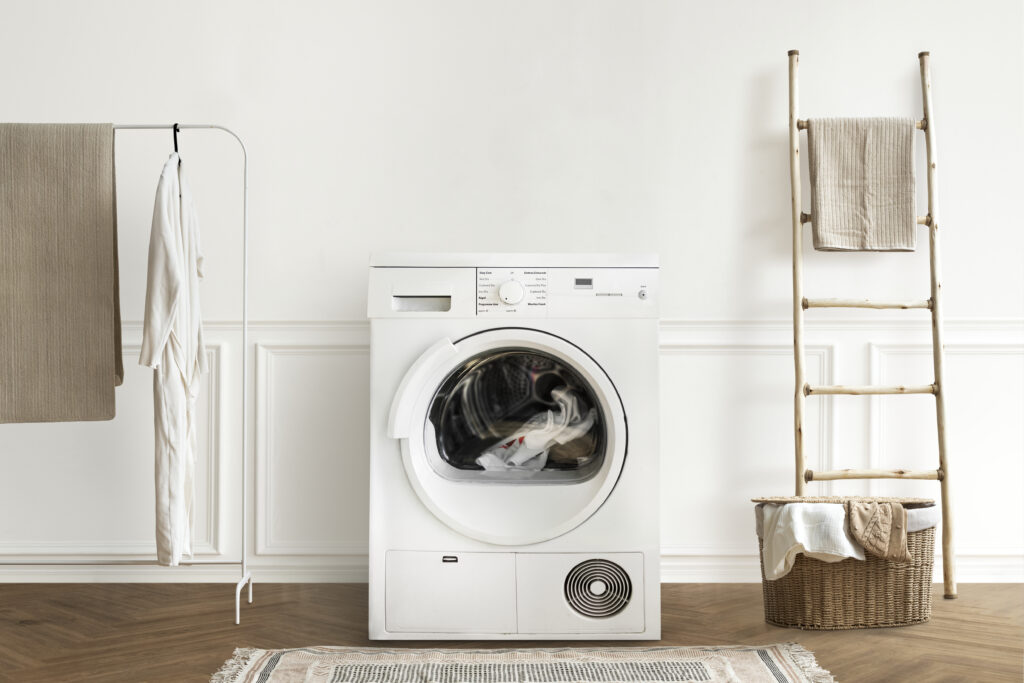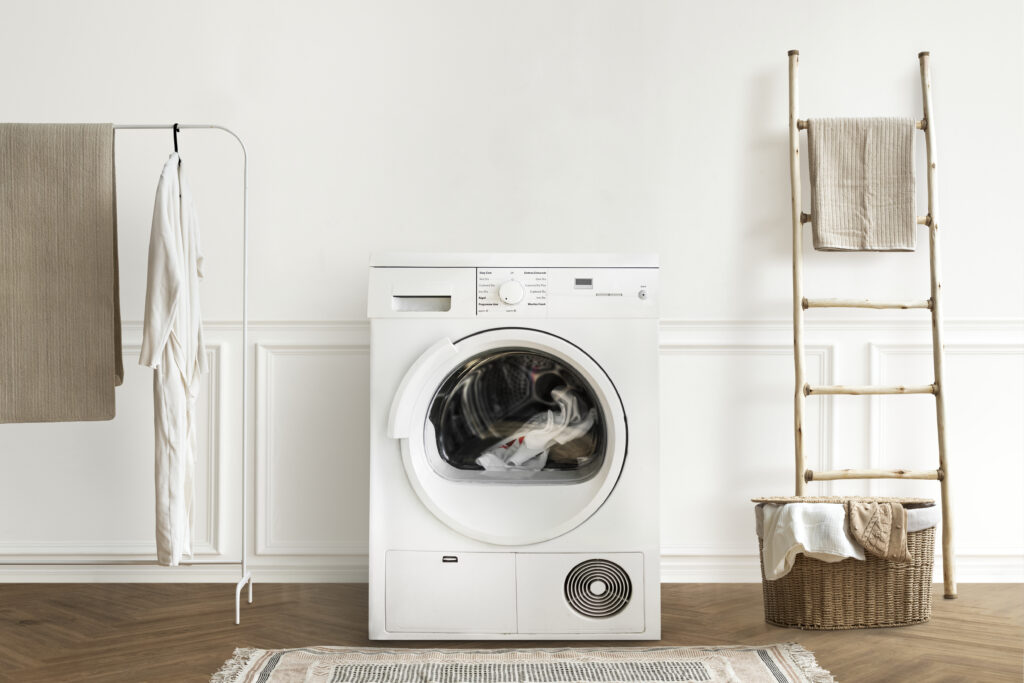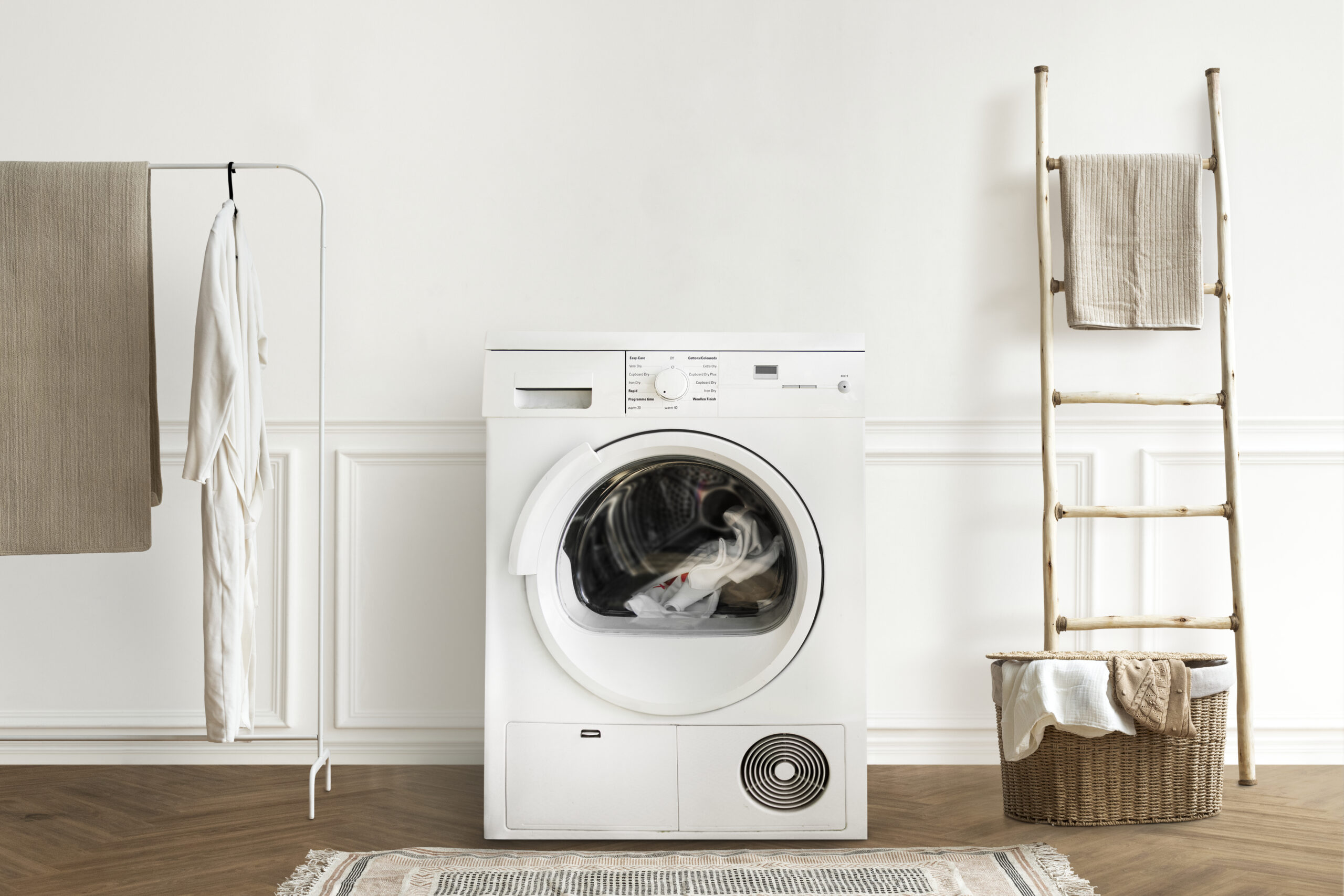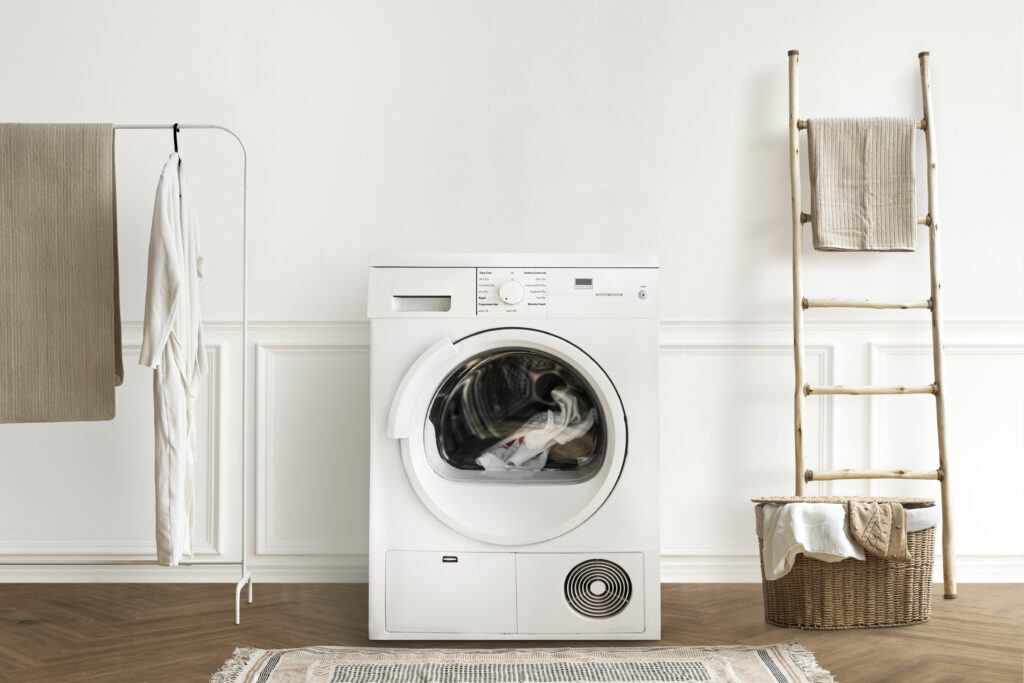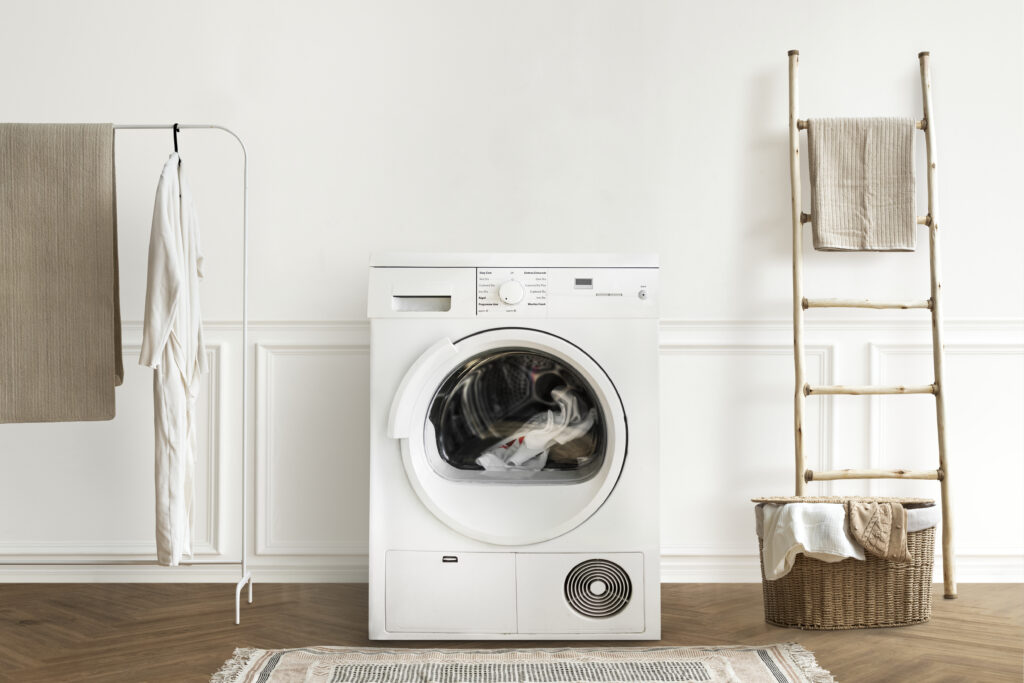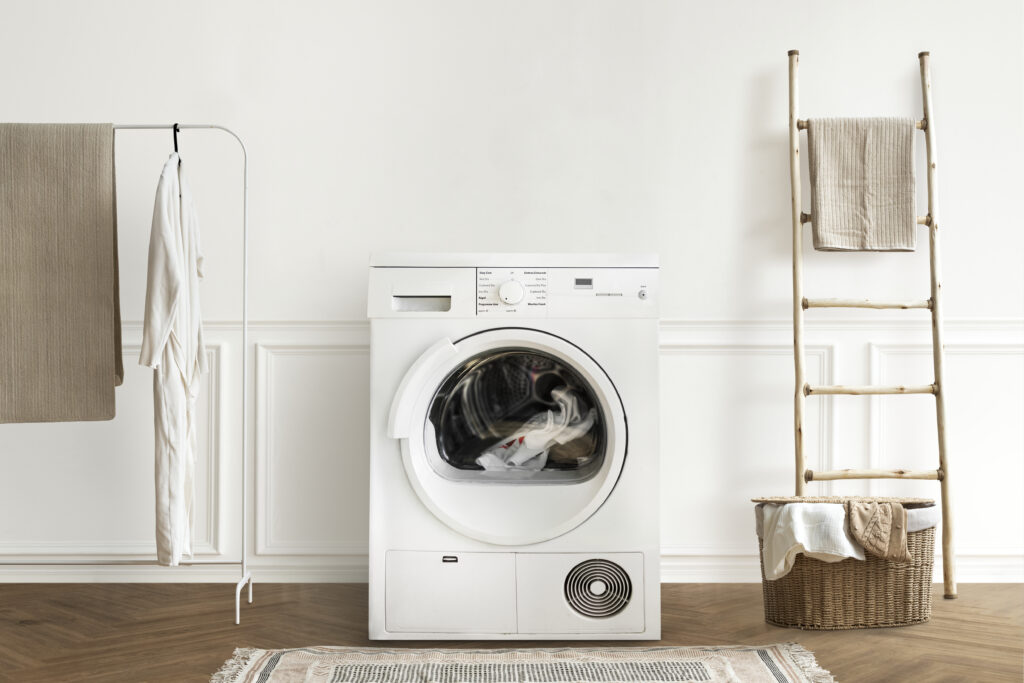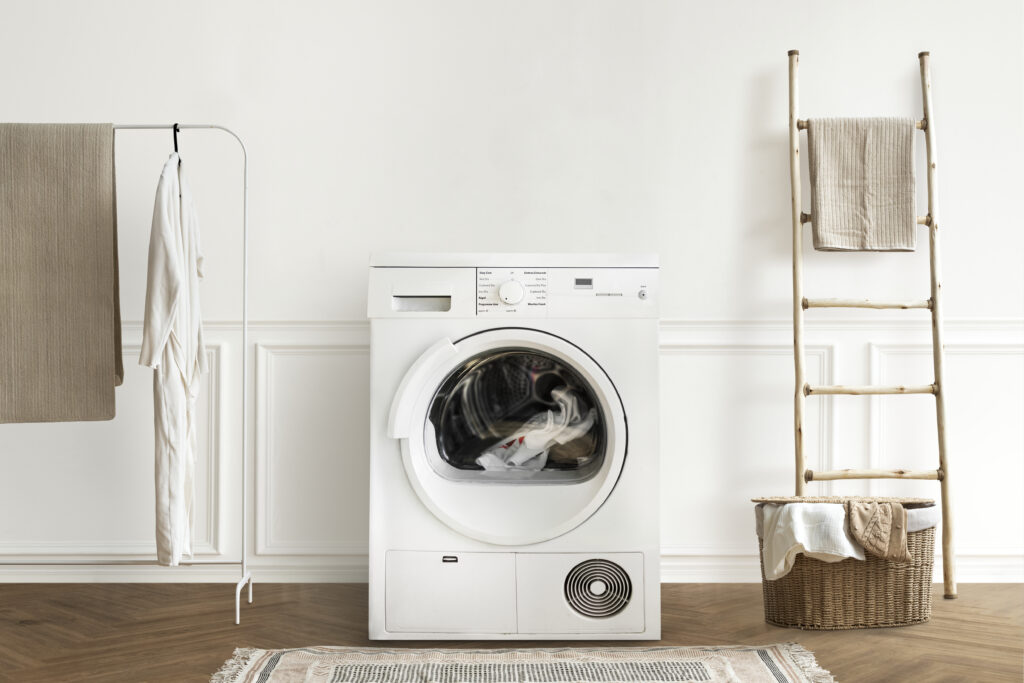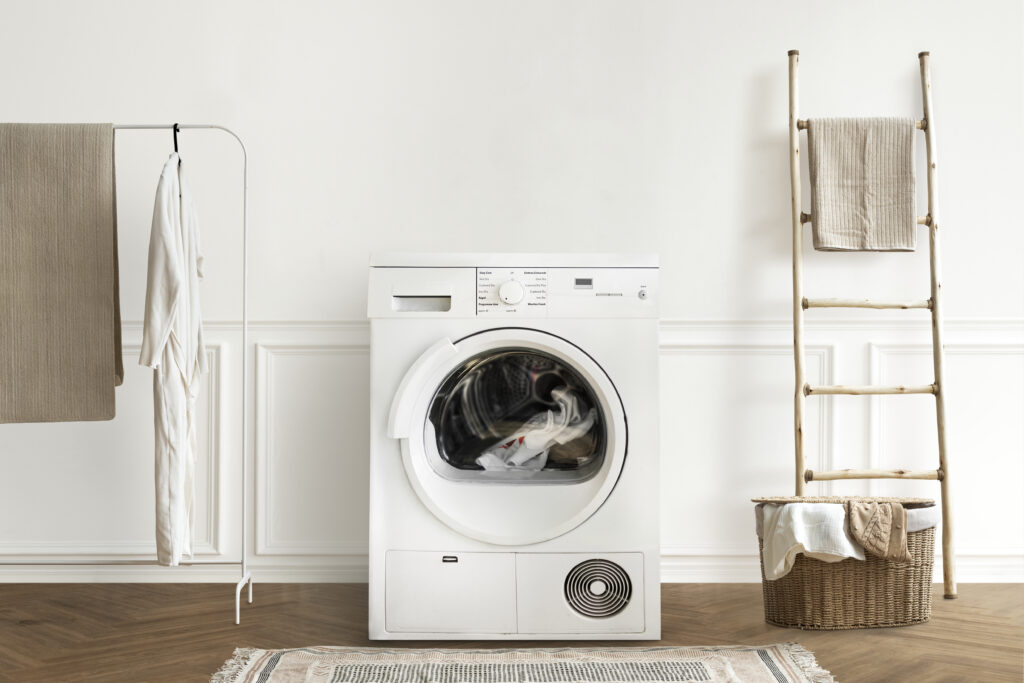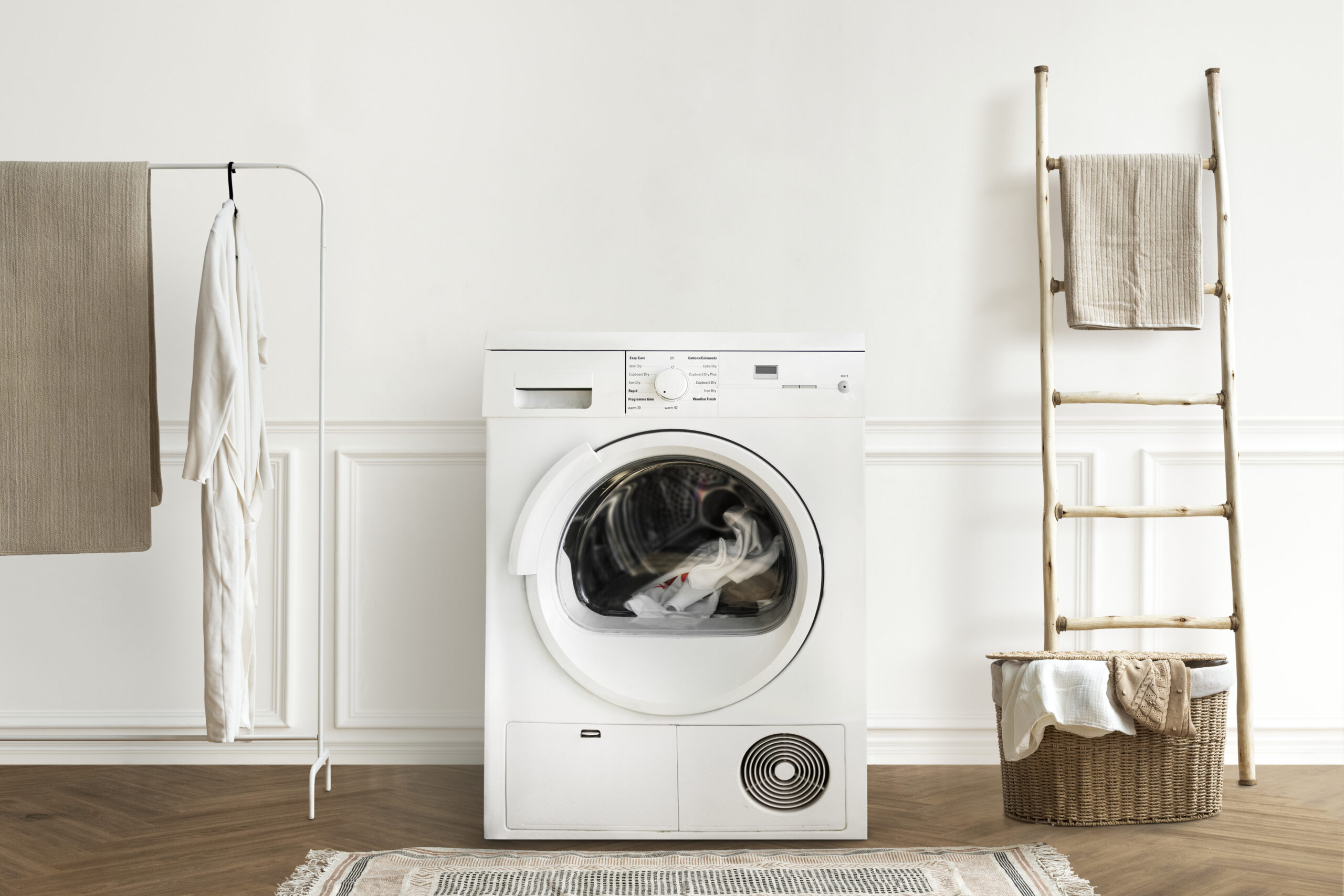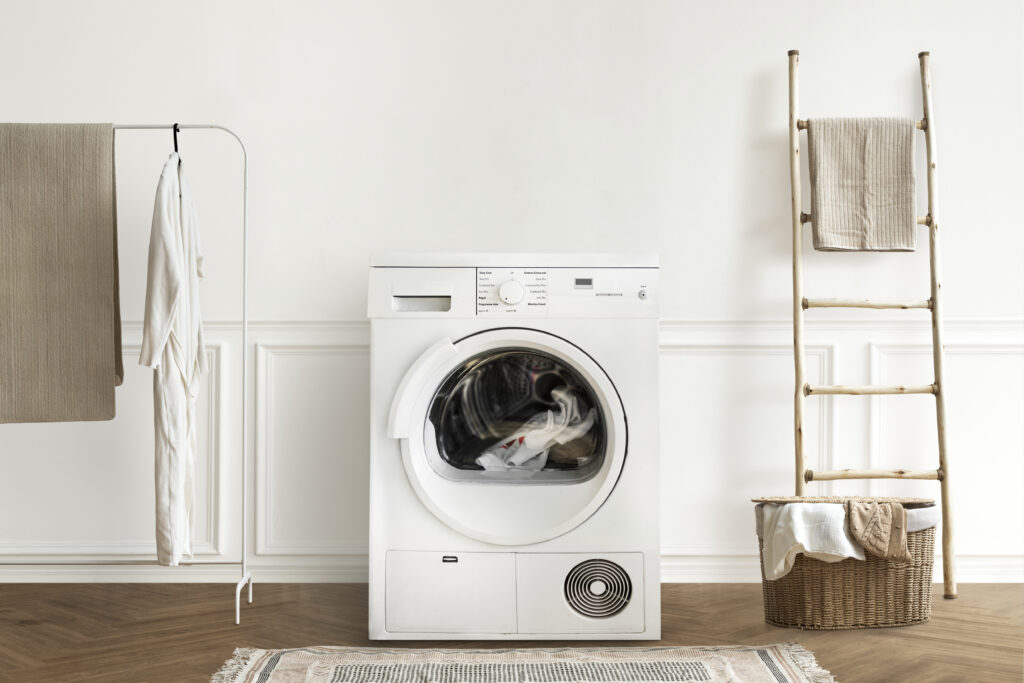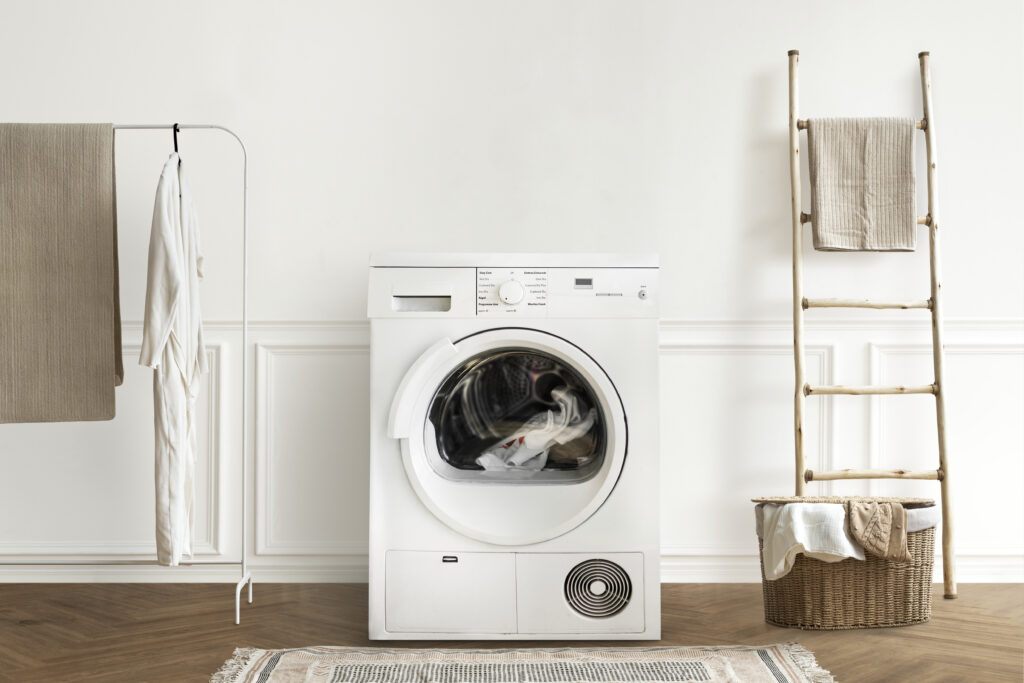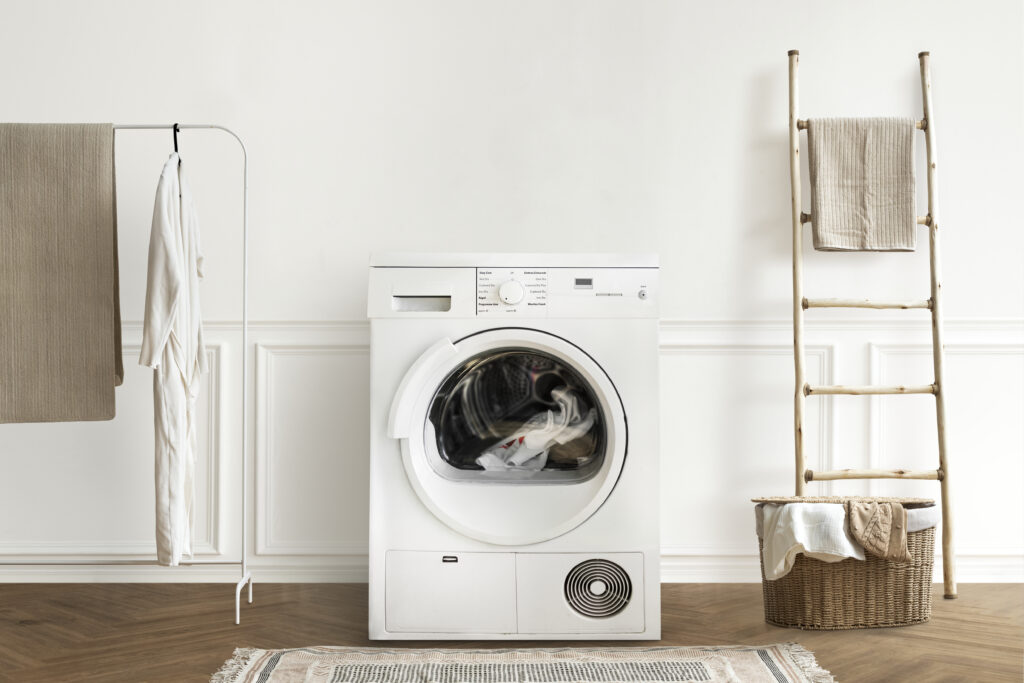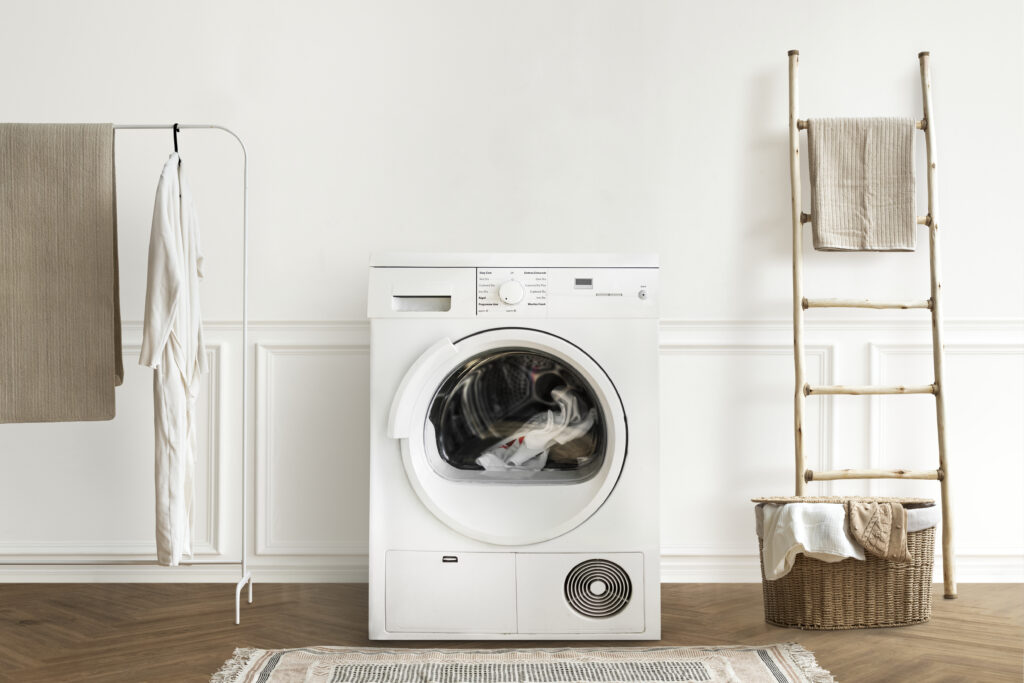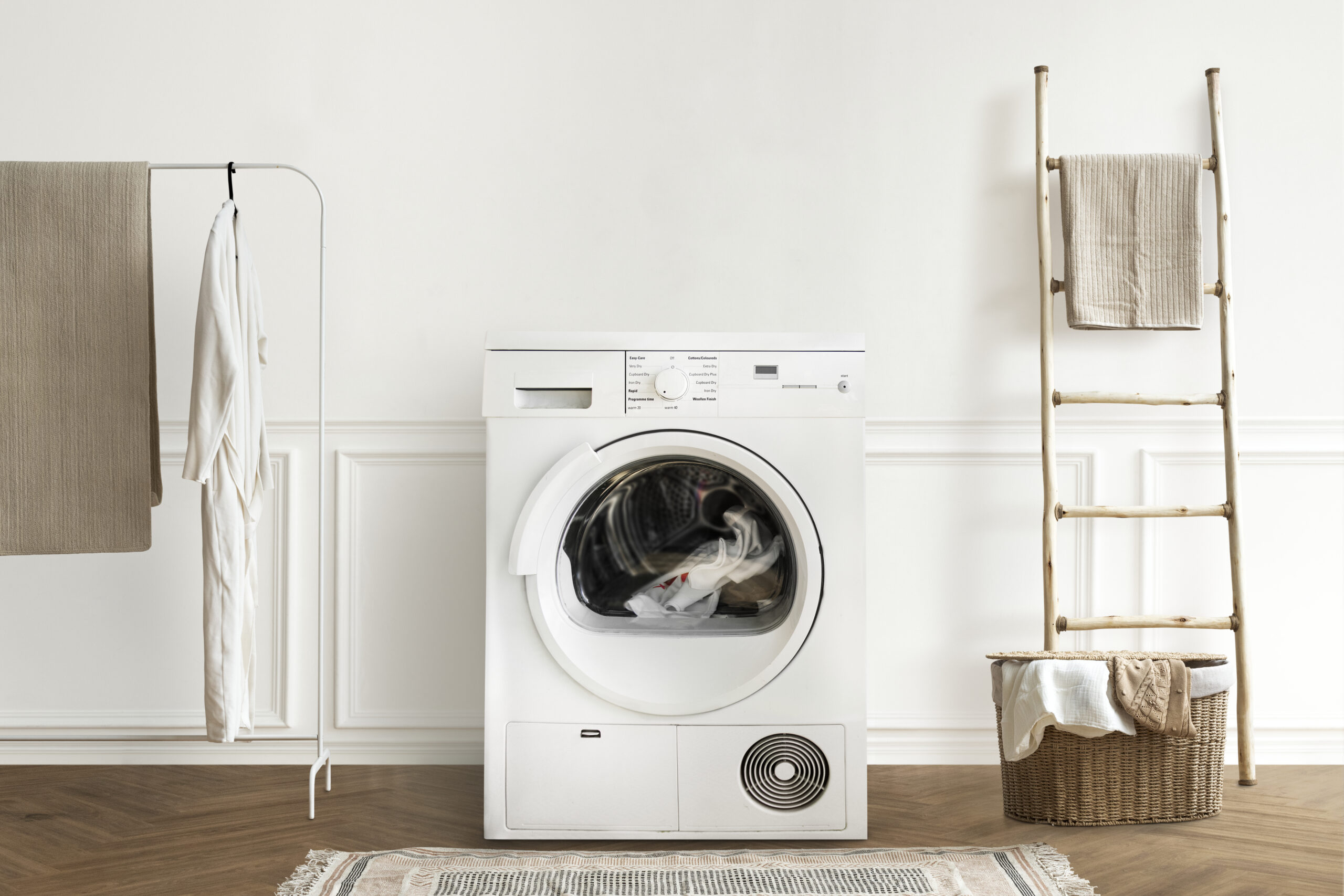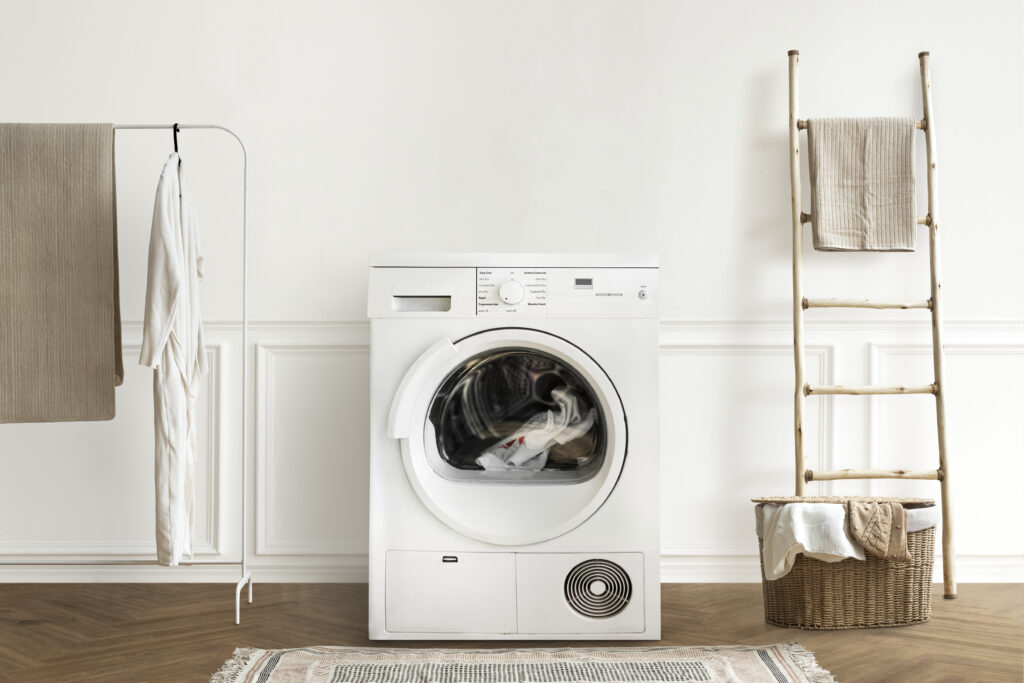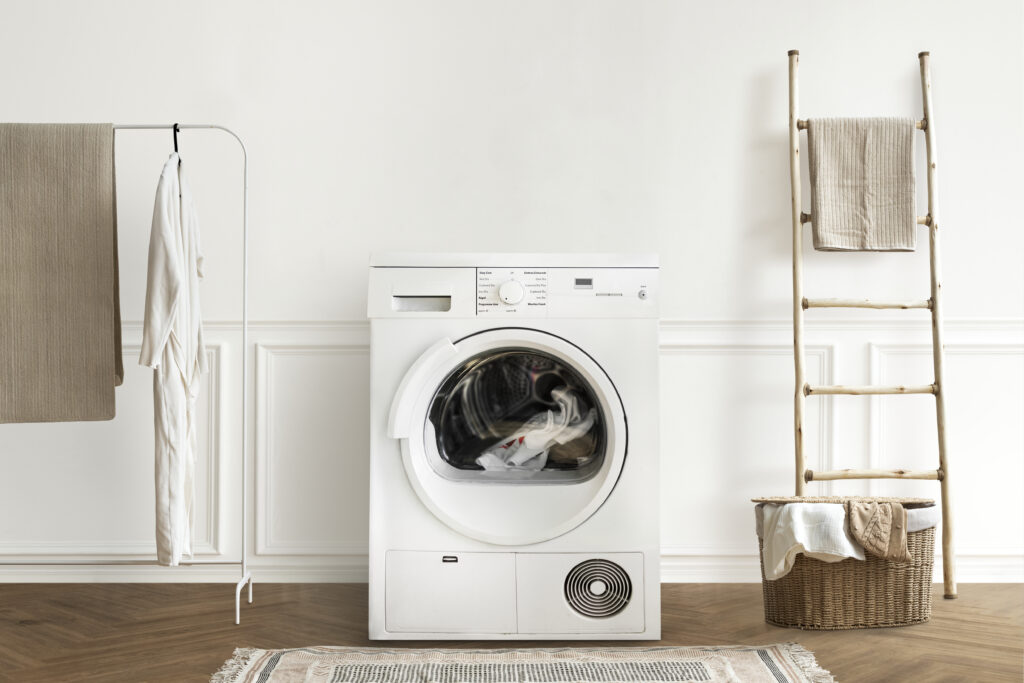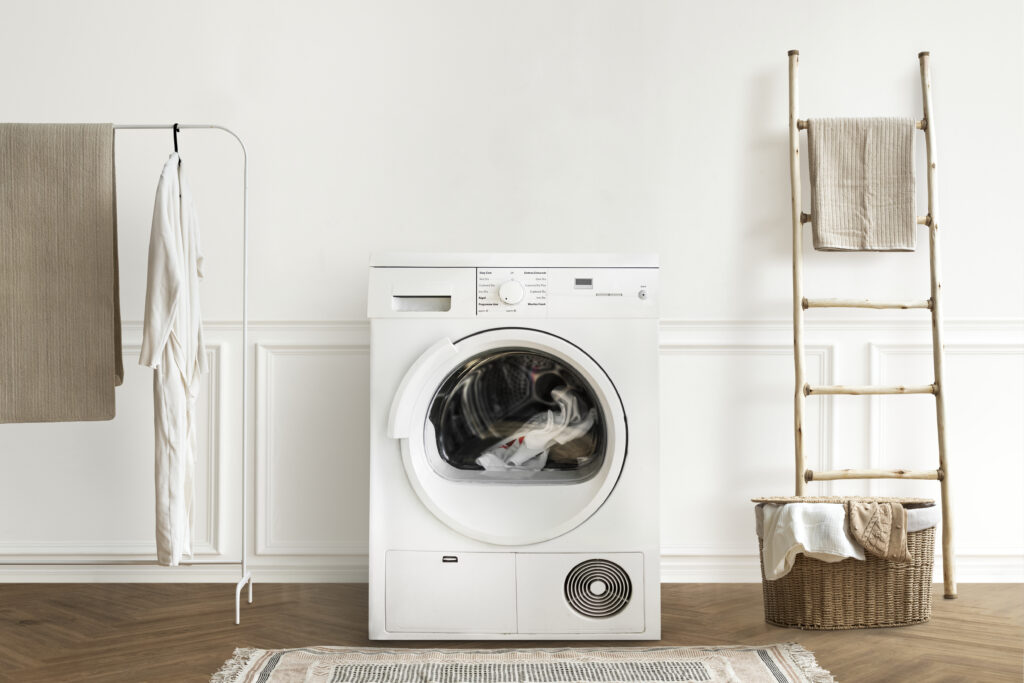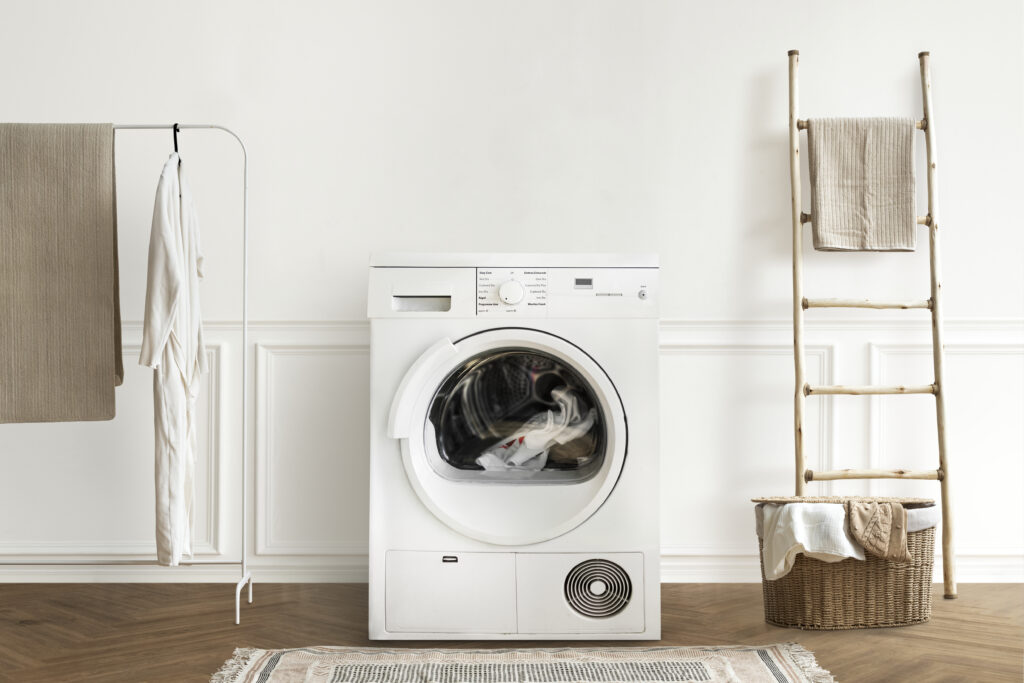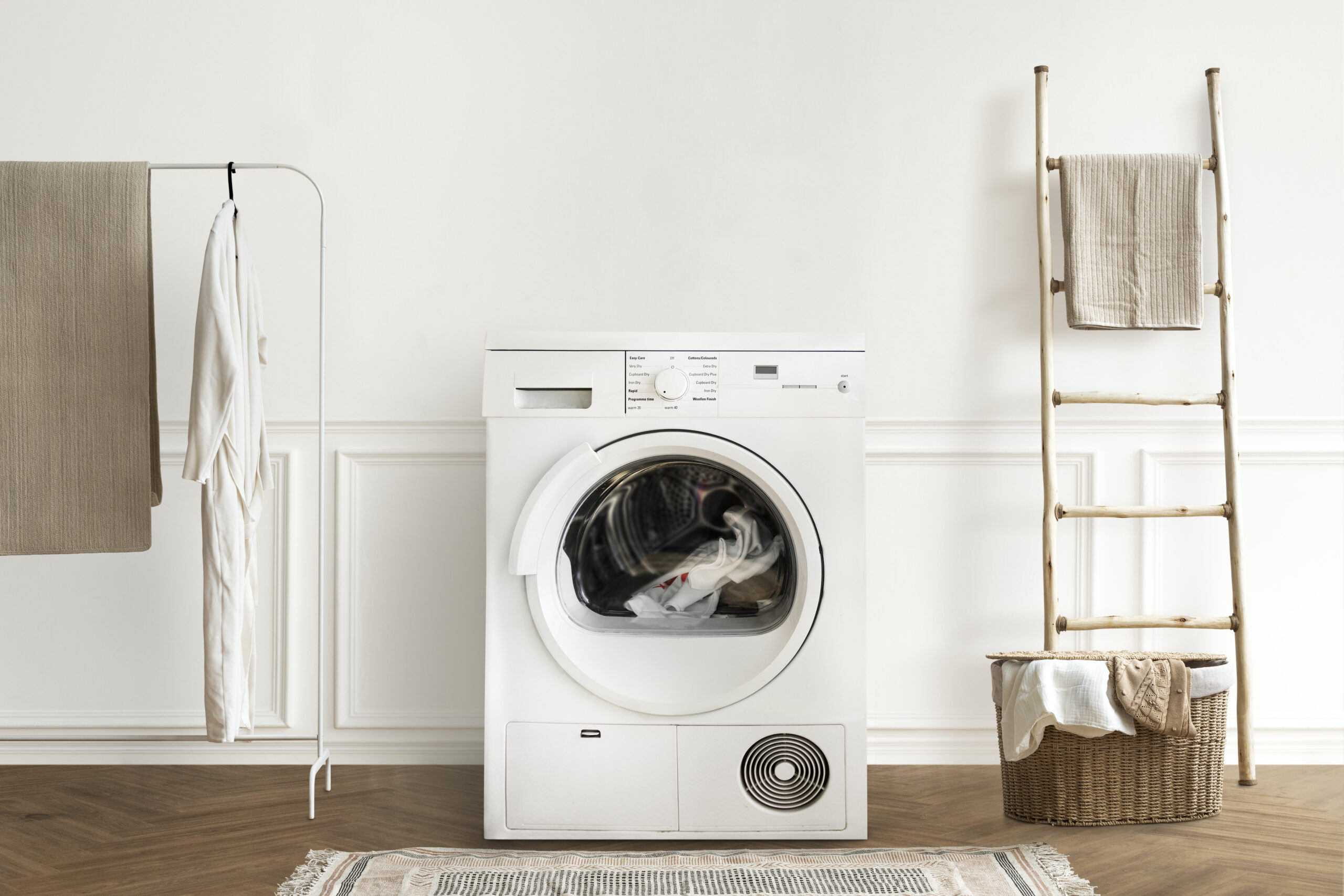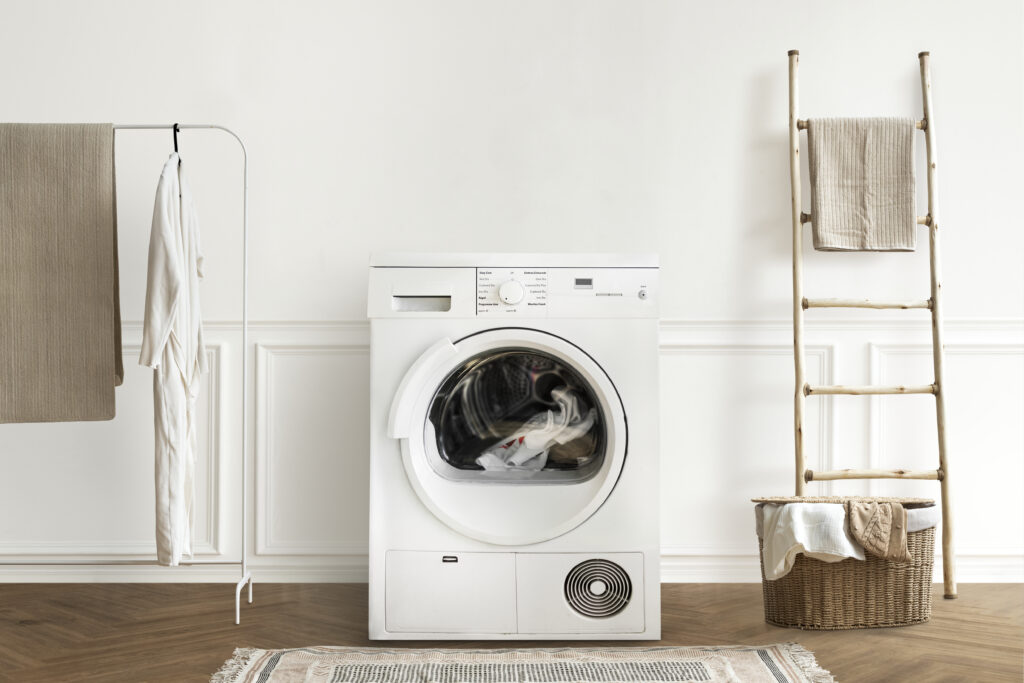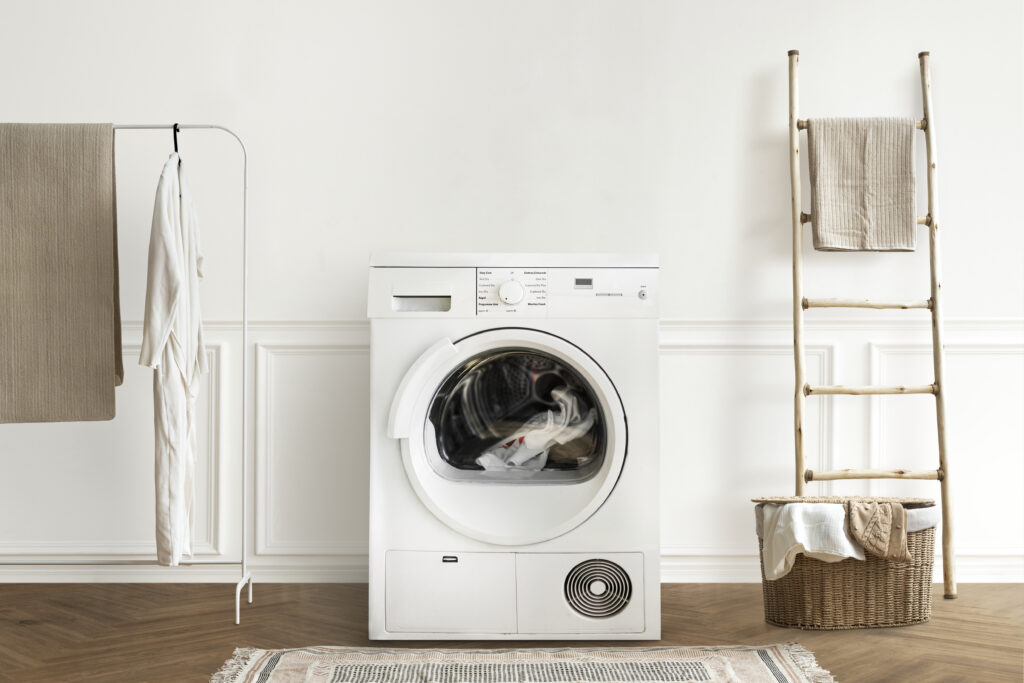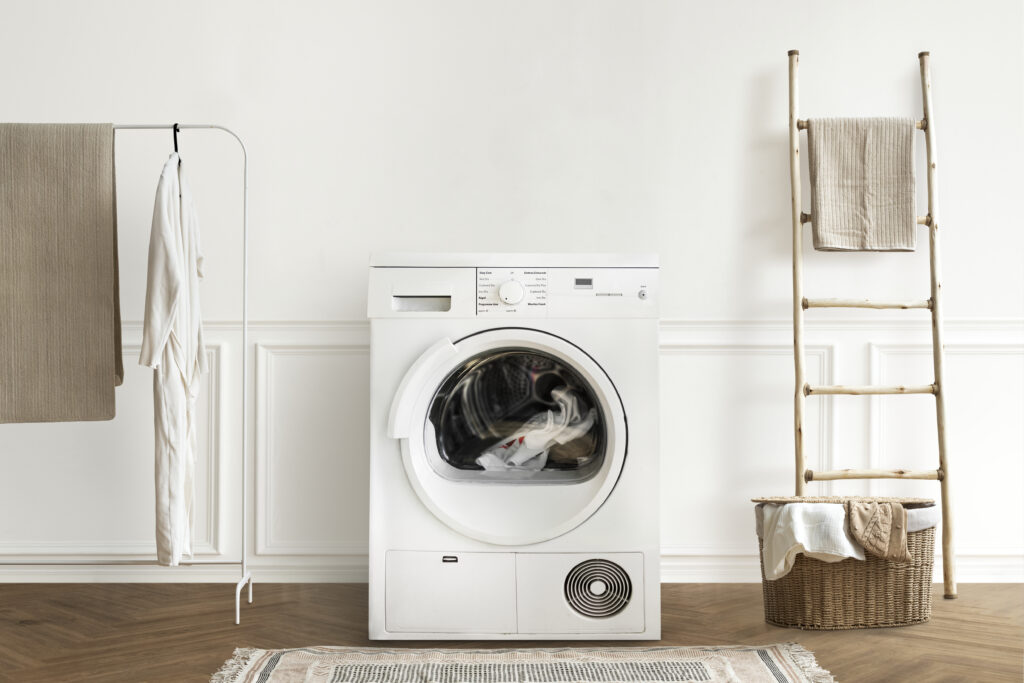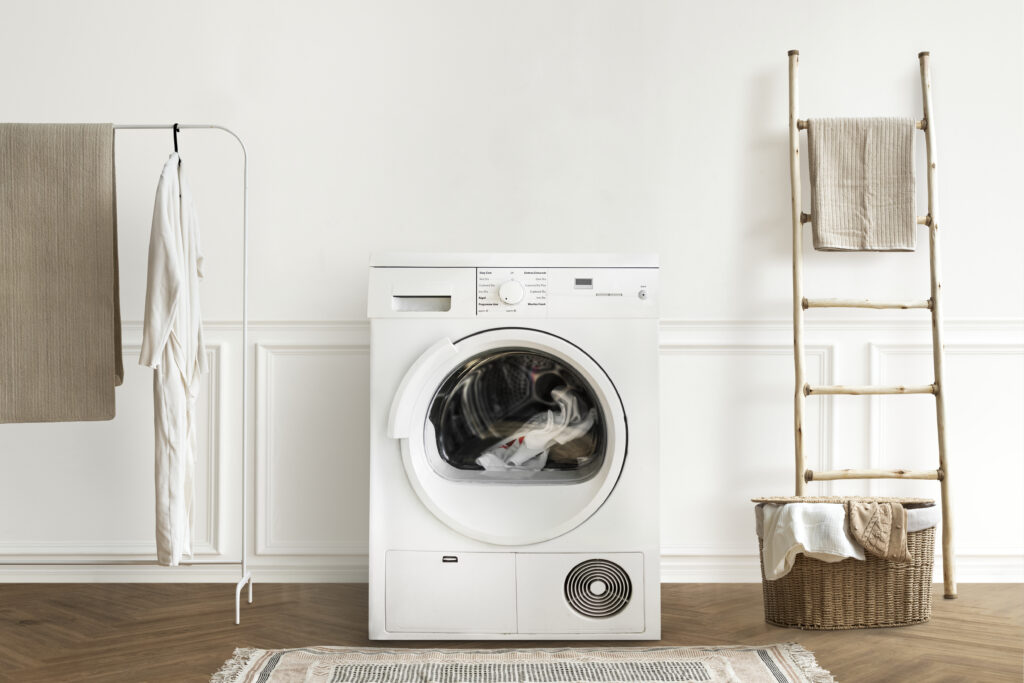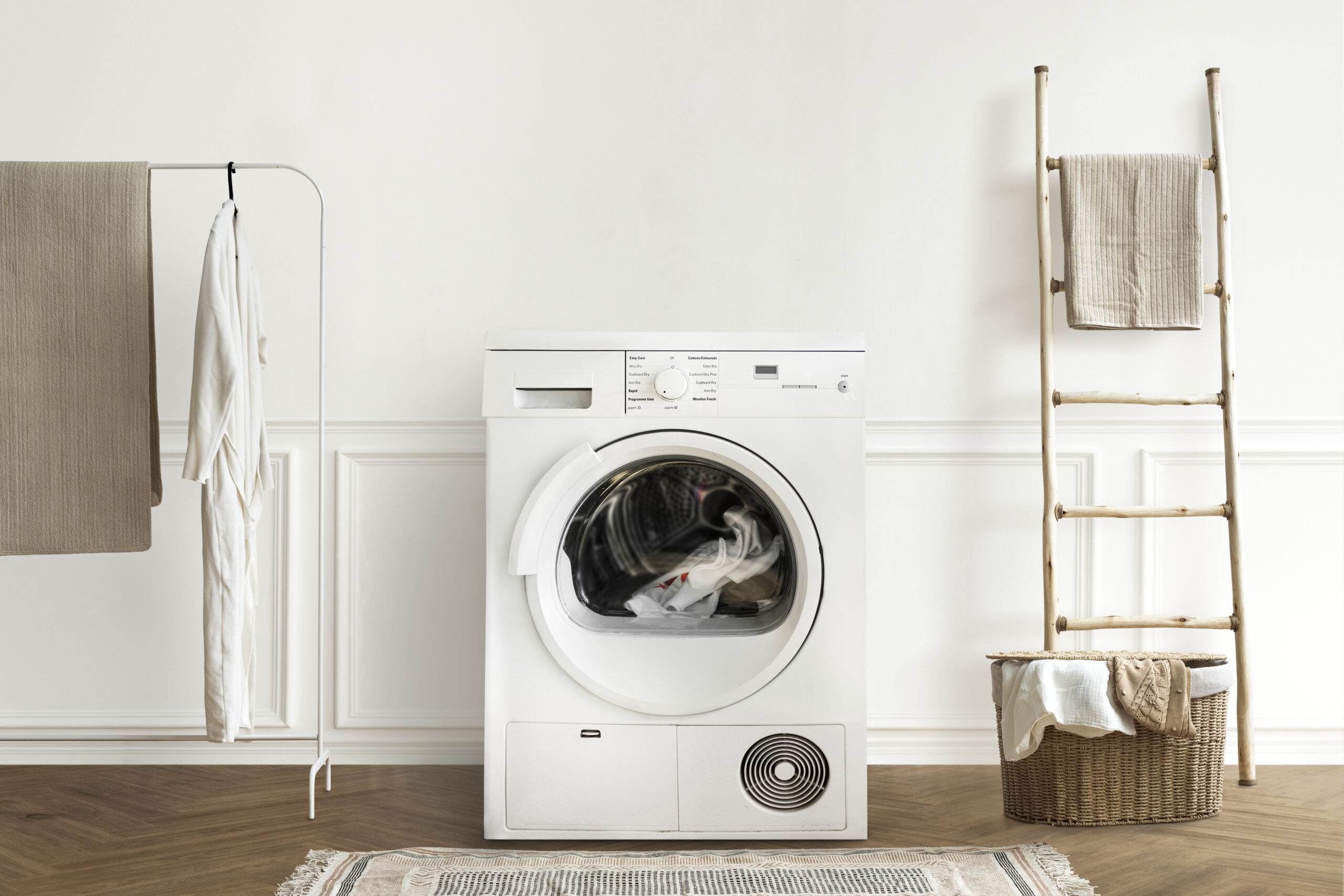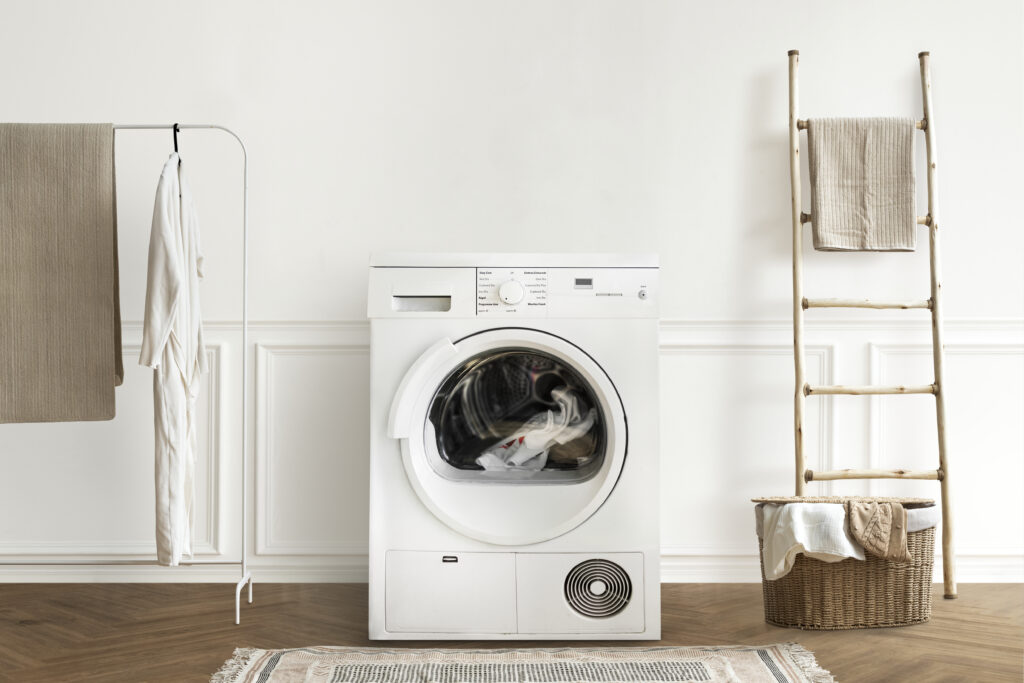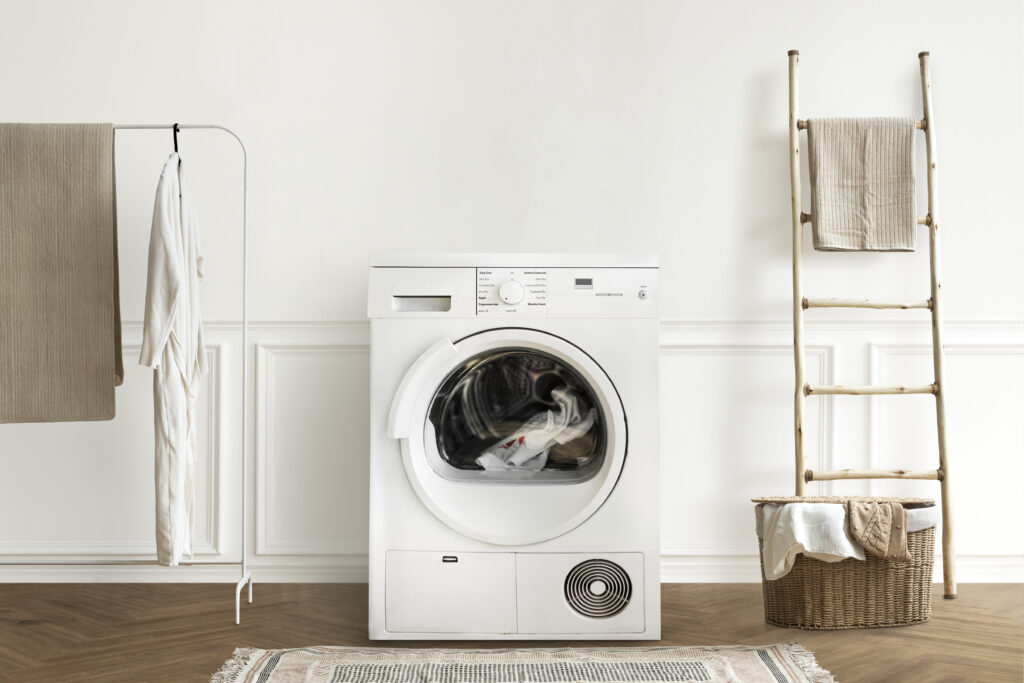After a cycle, does your washing machine still have standing water in the drum? Or is the laundry soggy and gurgling because it’s draining too slowly? A clogged washer drain hose is among the most frequent offenders. Thankfully, resolving this problem is an easy do-it-yourself task that can avoid expensive water damage and spare you the trouble of a service call.
In order to keep your washing machine operating efficiently, we’ll go over the causes of clogged washer drain hoses, how to fix them step-by-step, and how to avoid clogs in the future in this 2025 USA homeowner’s guide.
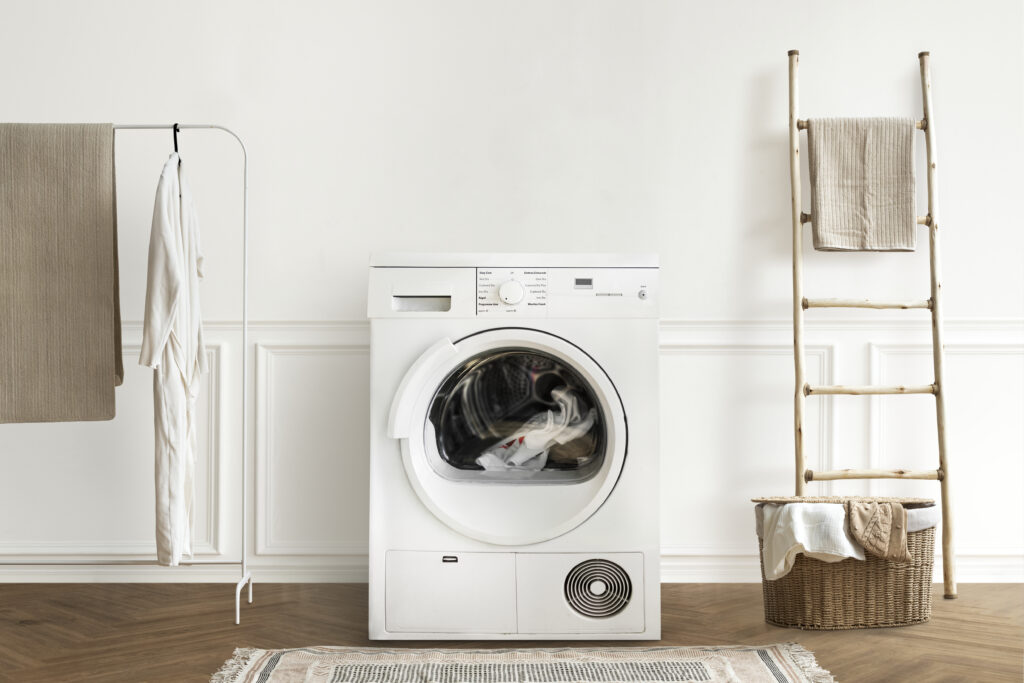
What Causes a Clogged Washer Drain Hose?
The drain hose on your washing machine is in charge of transporting wastewater from the washer drum to the home drain pipe. Lint, soap scum, detergent residue, dirt, pet hair, and small clothing items like socks can all clog it over time.
Typical indicators of a blocked drain hose include:
The washer won’t empty all the way.
The drum backs up with water.
Slow drainage while rinsing or spinning.
Gurgling noises during the draining process.
Depending on the brand of your washer, error codes such as OE, 5E, or ND may be displayed.
Typical Reasons for Blockages in Drain Hoses
A clogged washer drain hose can be caused by a number of factors:
- Debris and Lint
Over time, lint, threads, and tiny fabric fibers build up inside the hose, progressively reducing the flow of water. - Detergent Buildup and Soap Scum
Particularly if excessive soap is used or inferior detergents are used, detergent residue may adhere to the hose walls. - Tiny Items
Coins, hair ties, socks, and other objects may inadvertently enter the drain system.
Kinks in the Drain Hose 4
Water stagnates and gathers debris when a hose has bends or kinks that restrict water flow.
The Equipment Required to Clear a Clogged Washer Drain Hose
Get these typical home tools before you begin:
Large bowl or bucket
Old rags or towels
Phillips and flat-head screwdrivers
Pliers
Flexible drain snake or pipe brush
White vinegar and hot water (for cleaning)
(Optional) flashlight
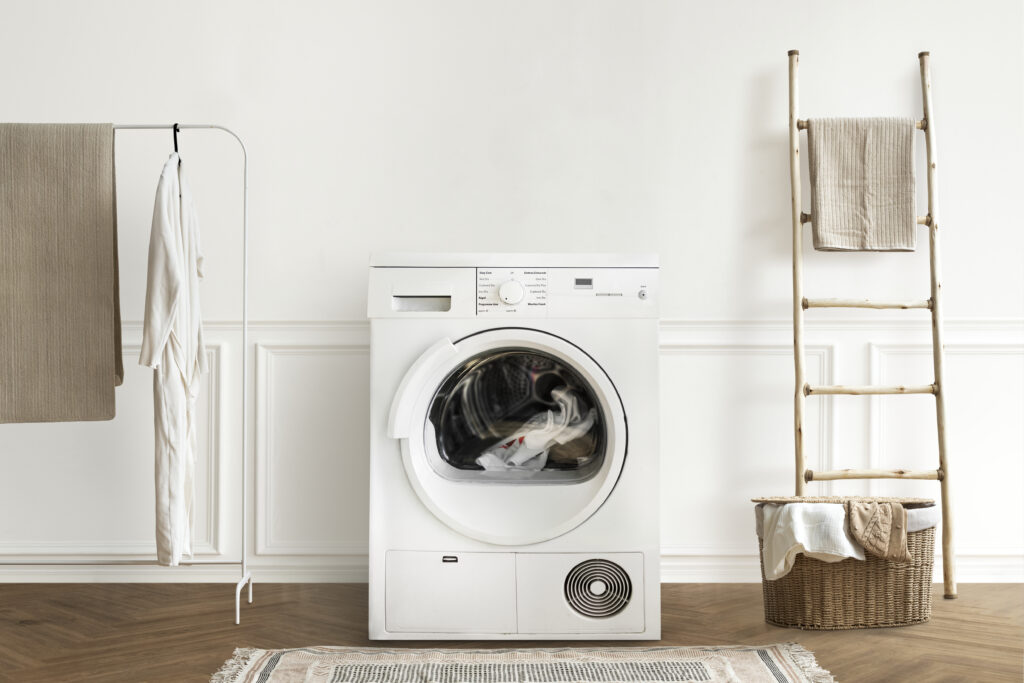
How to Clear a Clogged Washer Drain Hose: A Comprehensive Guide
To clean and unclog the drain hose on your washer, take these easy steps:
✅ First, turn off the water and electricity for safety.
Unplug the washing machine from the power source.
Close the valves for the hot and cold water supplies.
✅ Step 2: Find and Get to the Drain Hose
Your washing machine should be pulled away from the wall.
Locate the drain hose that is fastened to the washer’s rear; it is usually a flexible, corrugatedclamp-secured hose.
✅ Step 3: Cut the Drain Hose
Put a big bowl or bucket underneath the hose connection.
To release the clamp, use a screwdriver or pliers.
Disconnect the hose from the drain pipe and washer with caution.
Allow any remaining water to run off into the bucket.
✅ Step 4: Look for Any Obstructions
Look for obvious obstructions, such as lint balls or objects, on both ends of the hose.
Examine further inside with a flashlight.
✅ Step 5: Clean the Hose
Bring the hose to a sink or outside.
To get rid of detergent residue, run hot water through it.
To gently remove any obstructions, use a drain snake or flexible pipe brush.
Pro Tip: To get rid of tough soap scum and gunk, combine hot water and white vinegar within the hose.
✅ Step 6: Clean the household drain or standpipe
Examine the standpipe (the wall drain opening) for obstructions while the hose is disconnected.
To clear the pipe of any lint or debris, use a drain snake.
✅ Step 7: Reattach the Drain Hose
Attach the cleaned hose to the utility sink or standpipe on one end and the washer on the other.
Use clamps to secure.
To avoid backflow or siphoning, make sure the hose is 18 to 30 inches above the ground.
✅ Step 8: Conduct a Test Cycle
Restart the water supply valves.
Connect the washer.
To make sure the water drains correctly and to look for leaks, run a quick rinse and spin cycle.
How to Avoid Future Clogs in the Washer Drain Hose
A little upkeep can make a big difference. Here’s how to prevent drain hose issues in the future:
Make Use of the Proper Amount of Detergent
Excess suds and residue are produced by using too much detergent. Always abide by the instructions in your washer manual.
Every six to twelve months, clean the drain hose.
To avoid debris accumulation, periodically flush the hose with hot water and vinegar.
Put in a Lint Trap
To capture lint before it enters the plumbing, place a mesh lint trap over the end of your drain hose.
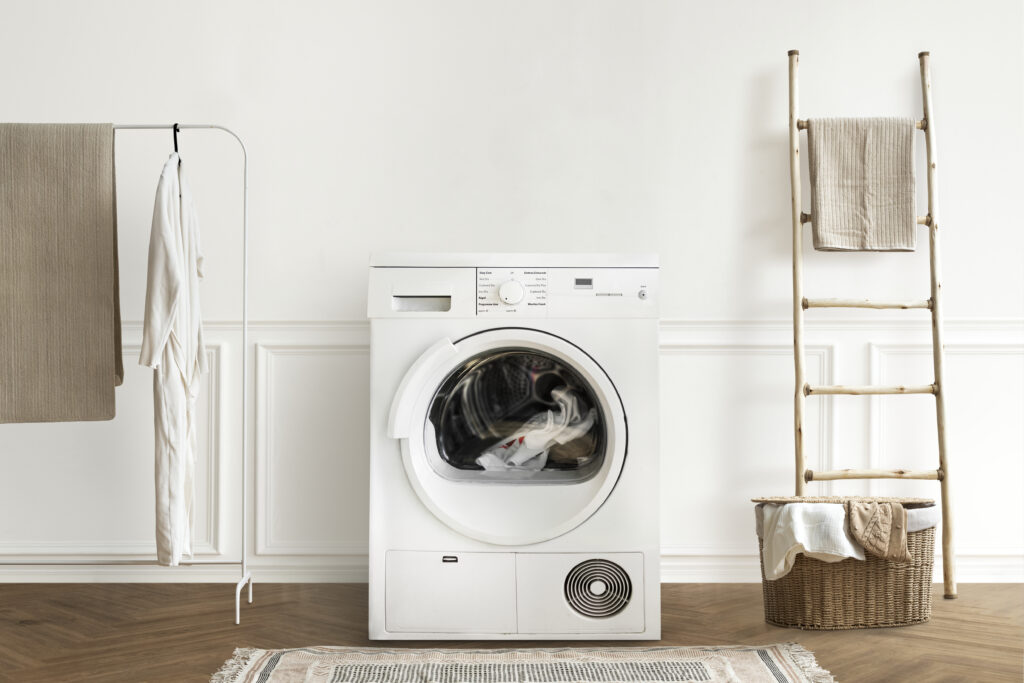
✅ Steer clear of washing loose small items.
Put tiny things in mesh laundry bags, such as hair ties and baby socks.
✅ Inspect for Kinks in the Hose
Make sure there are no tight bends or kinks in the drain hose’s curve.
When to Make a Professional Call
If your washer still won’t drain after you’ve tried unclogging the hose, the problem might be elsewhere:
A malfunctioning drain pump
Internal washer drain pipes that are clogged
A malfunctioning control board
Repairing a washer drain system in the USA usually costs $150 to $300. You can prevent more serious damage by contacting a professional as soon as possible.
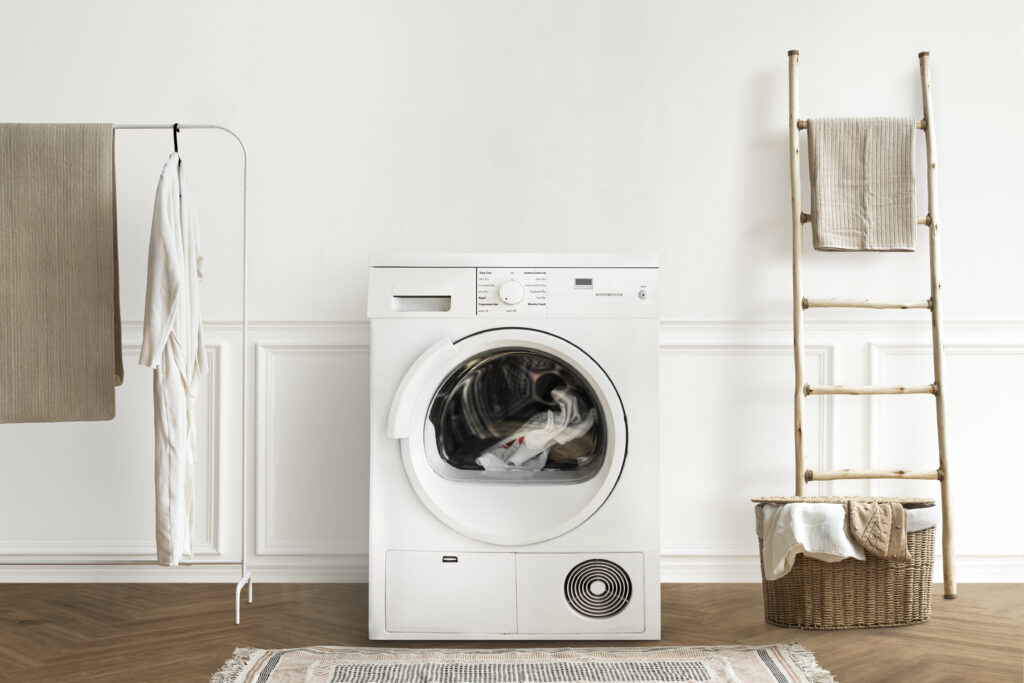
In conclusion
One of the most frequent — and easily resolved — issues with washing machines for homeowners in the United States is a clogged drain hose. You can increase your washer’s efficiency, avoid expensive water damage, and remove blockages yourself with the easy tools and procedures described in this guide.
Preventive measures like lint traps, cautious detergent use, and routine maintenance can prolong the life of your appliance and make laundry days less stressful.
In a nutshell: Fix for Clogged Washer Drain Hose Issue
Blockage of debris and lintUse a pipe brush to clean the hose.
Buildup of detergent scumRinse with vinegar and hot water.
minor obstruction caused by an objectRemove items by inspecting them with a flashlight.
Hose that is bent or kinkedReplace or straighten the hose.
A clogged standpipeTo clear the pipe, use a drain snake.
